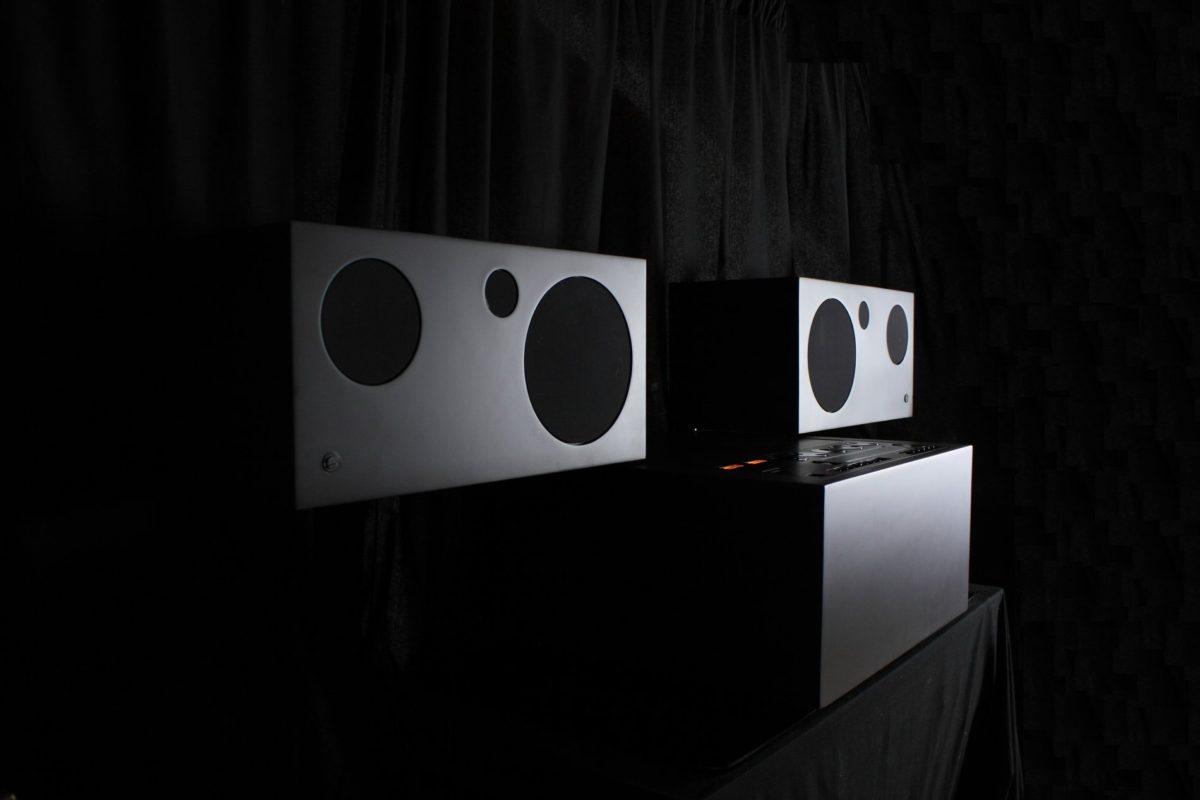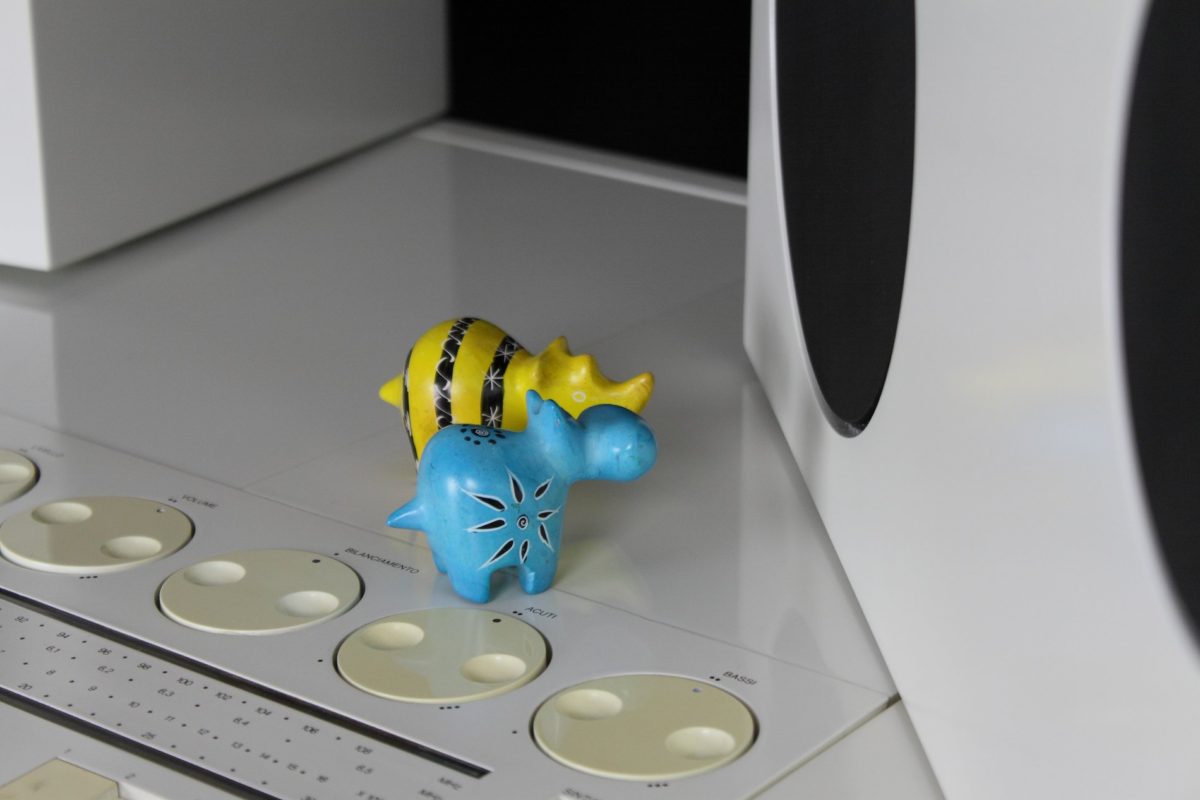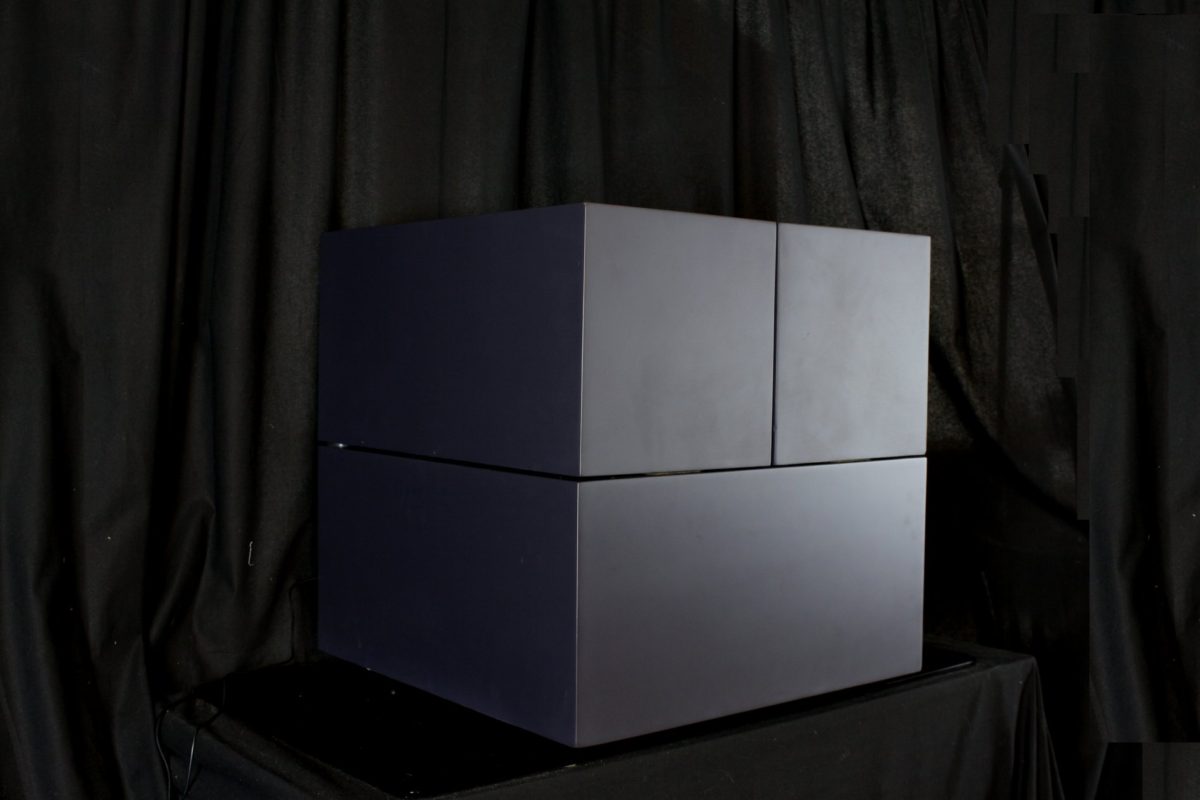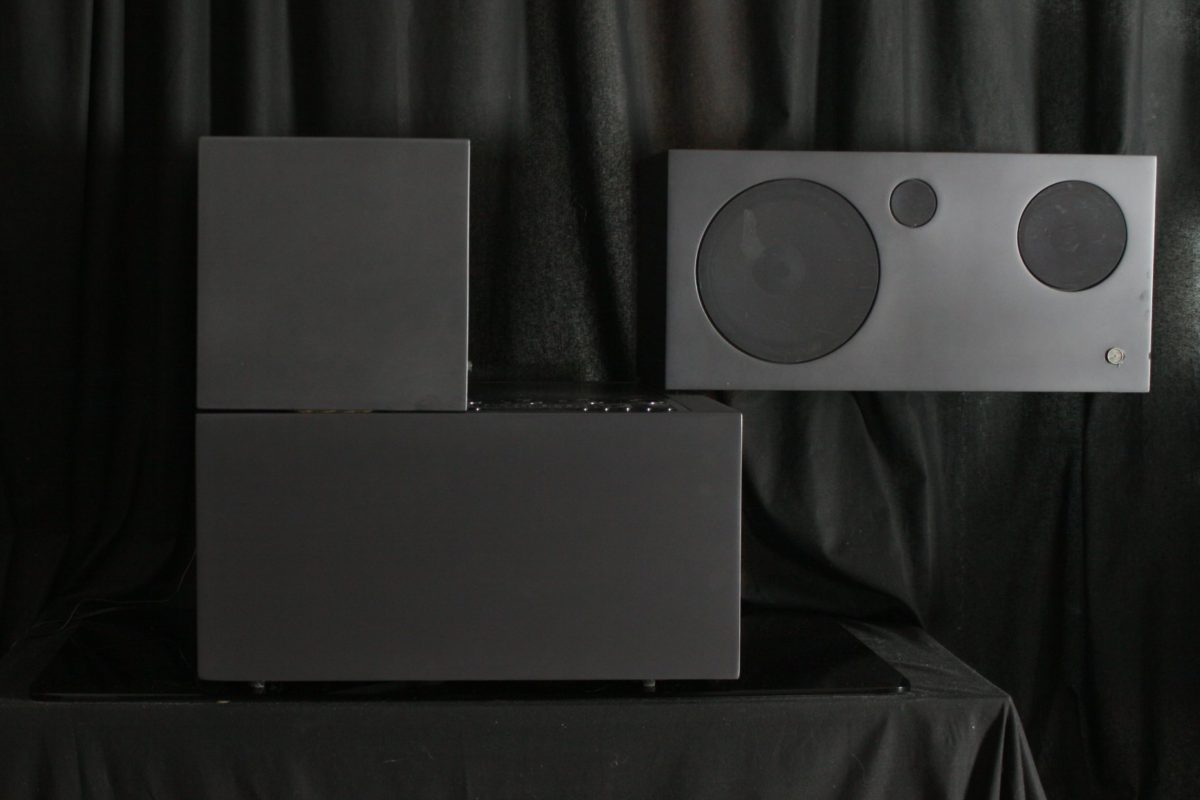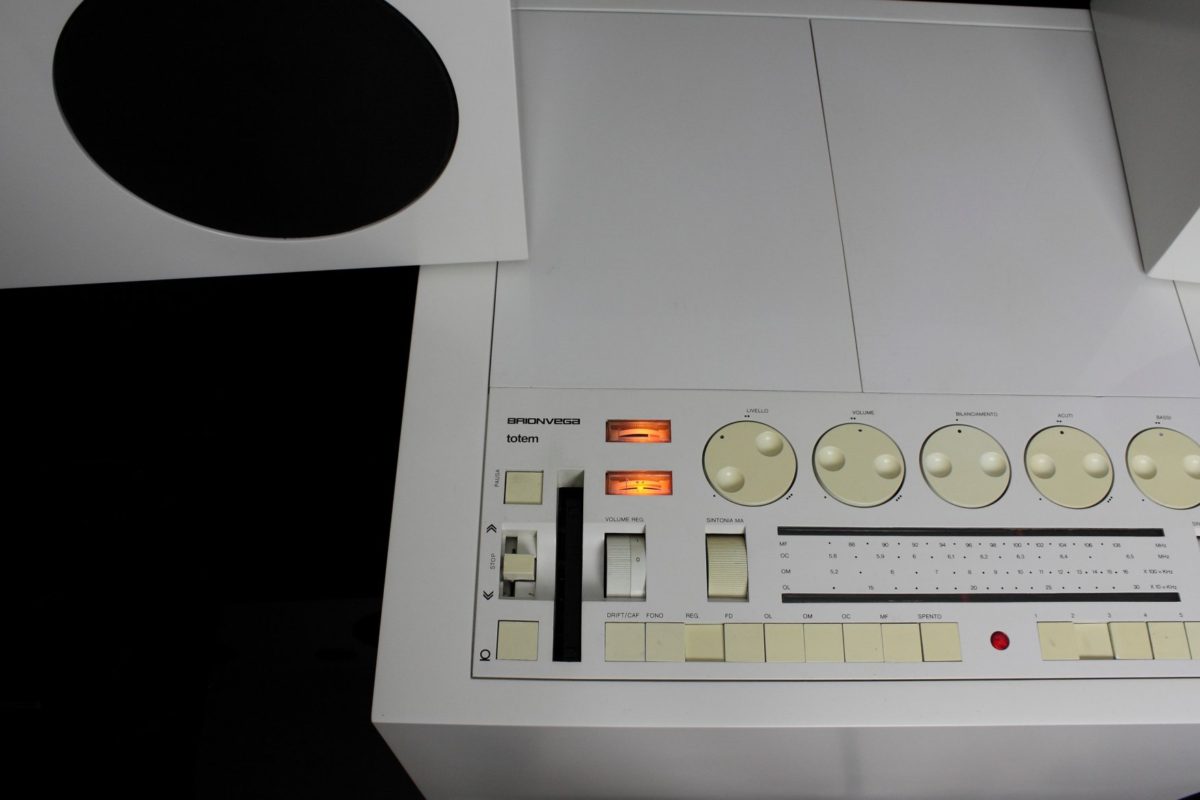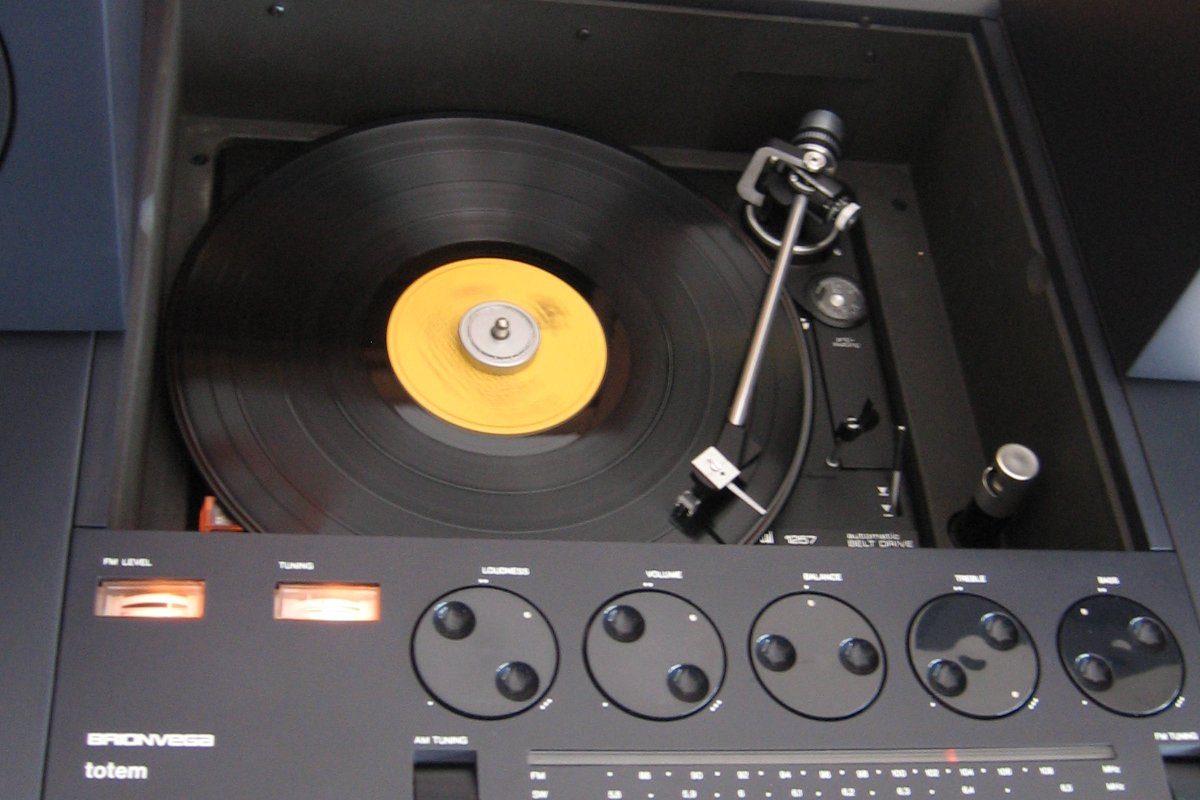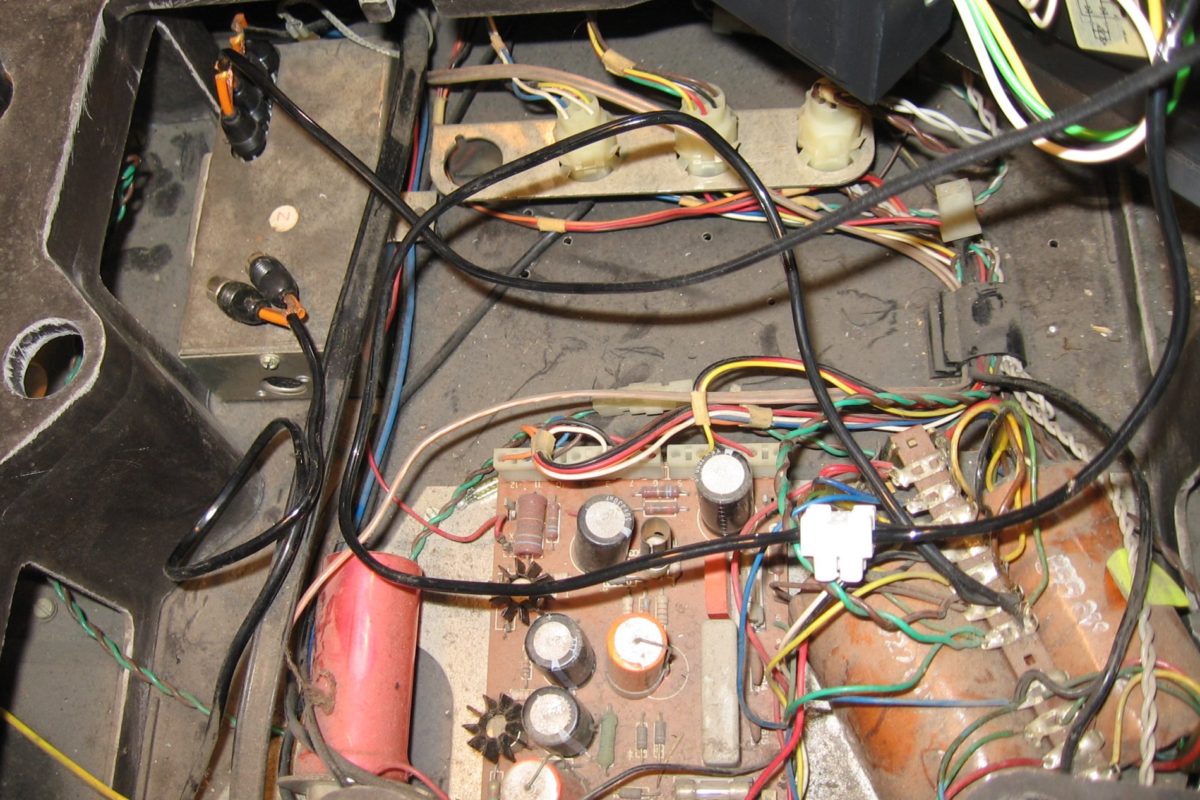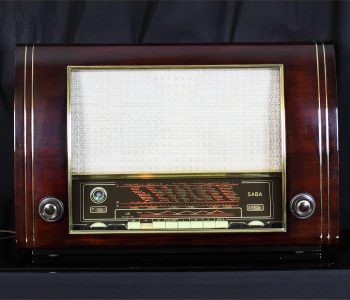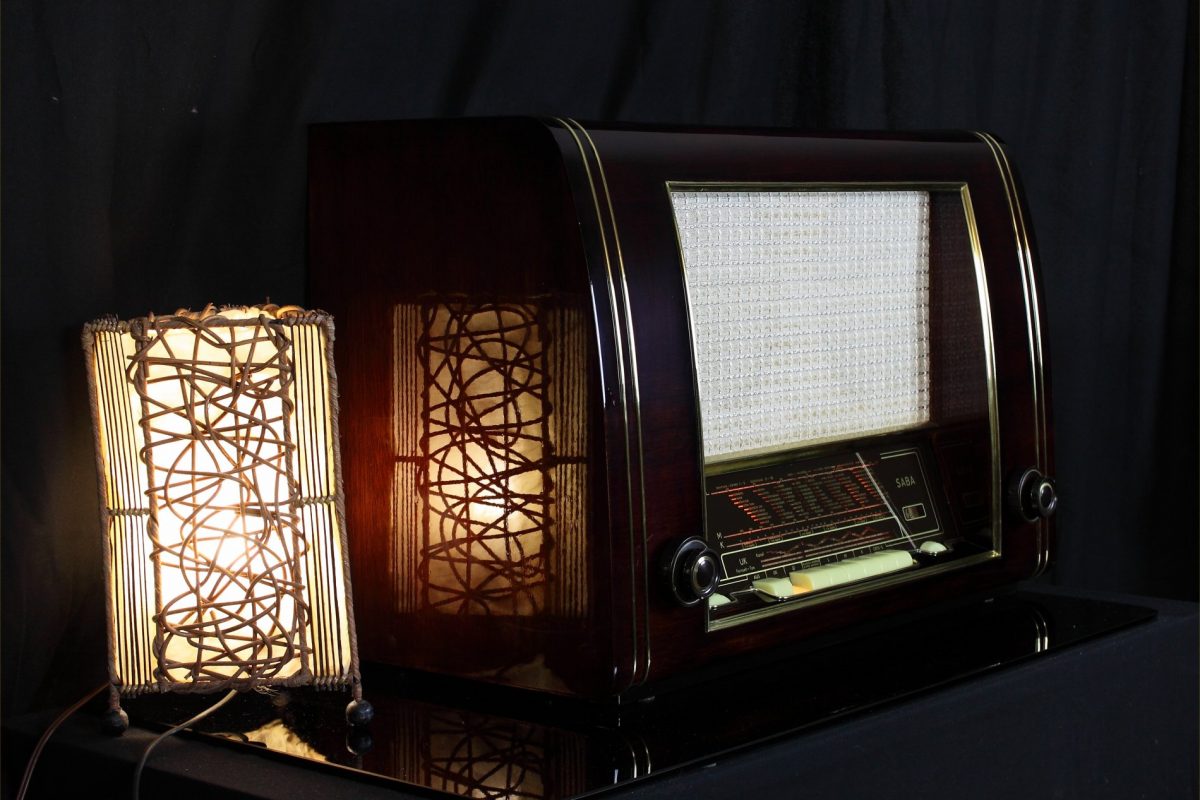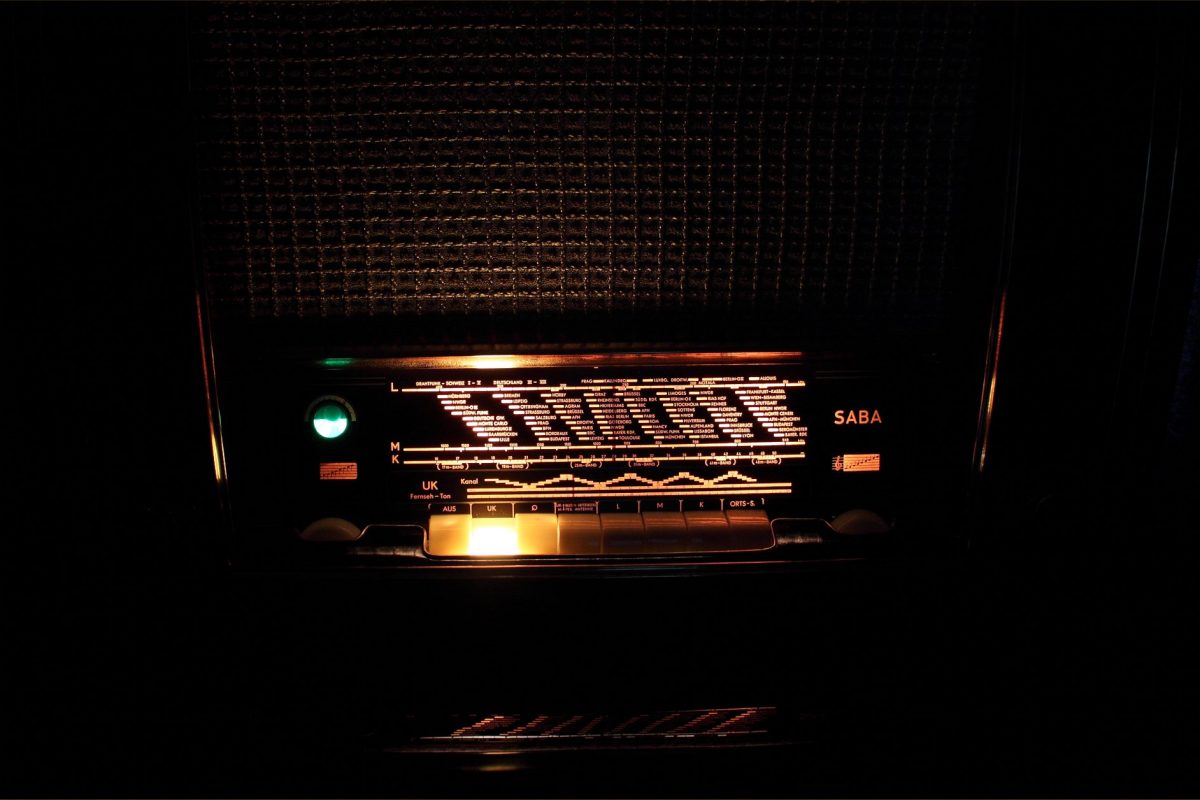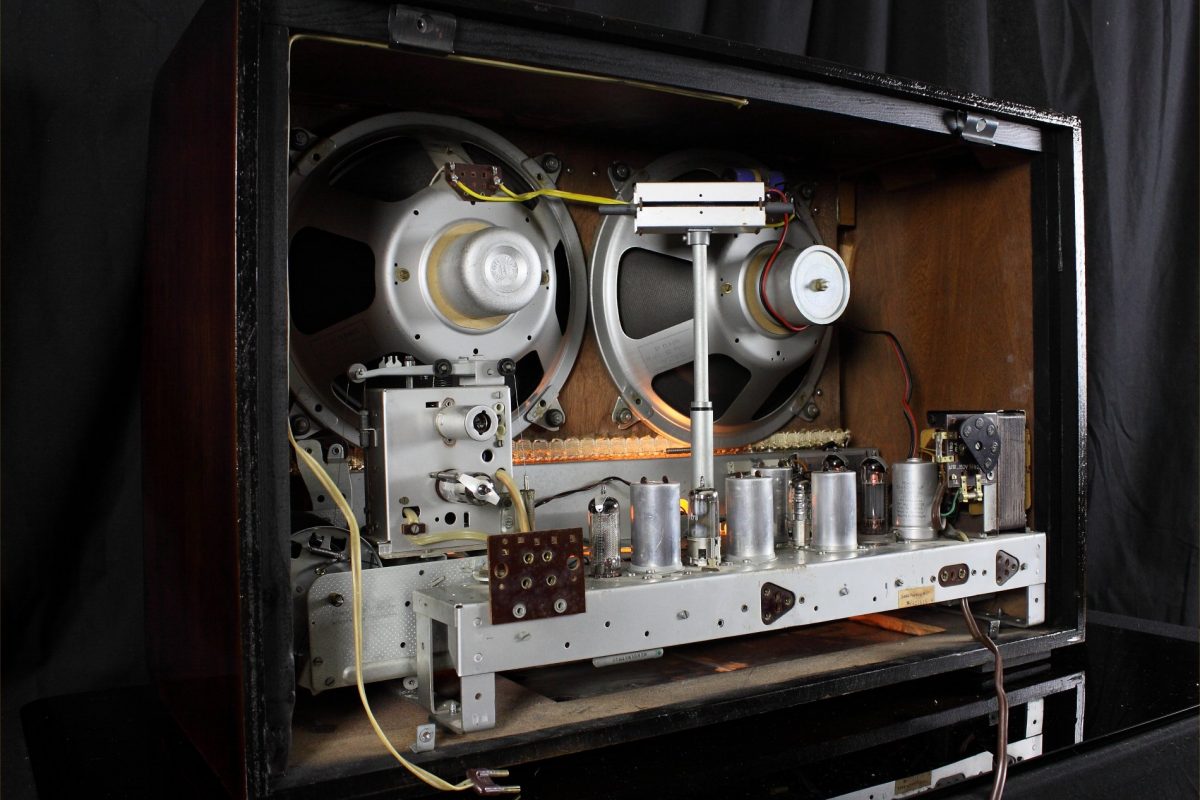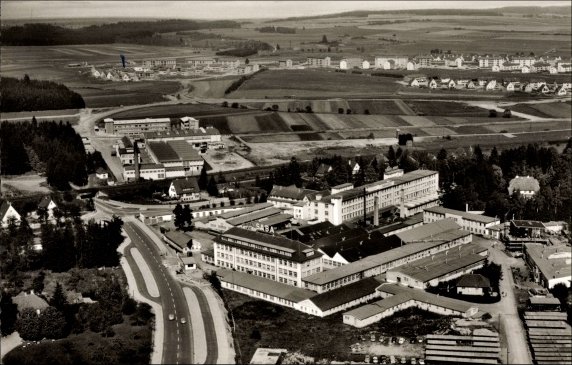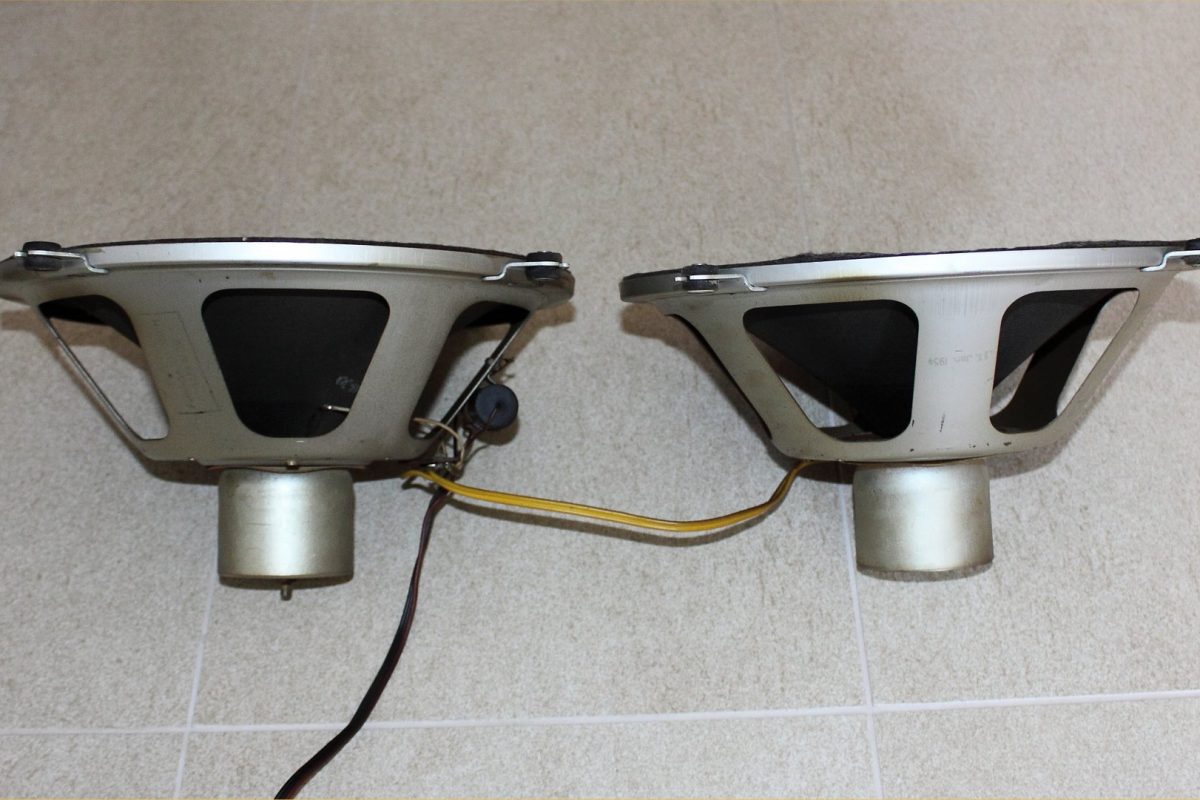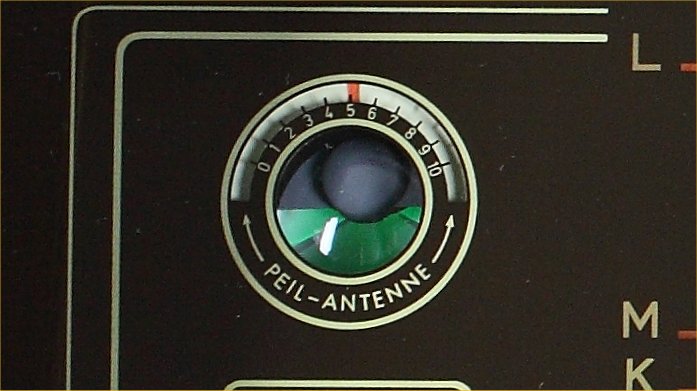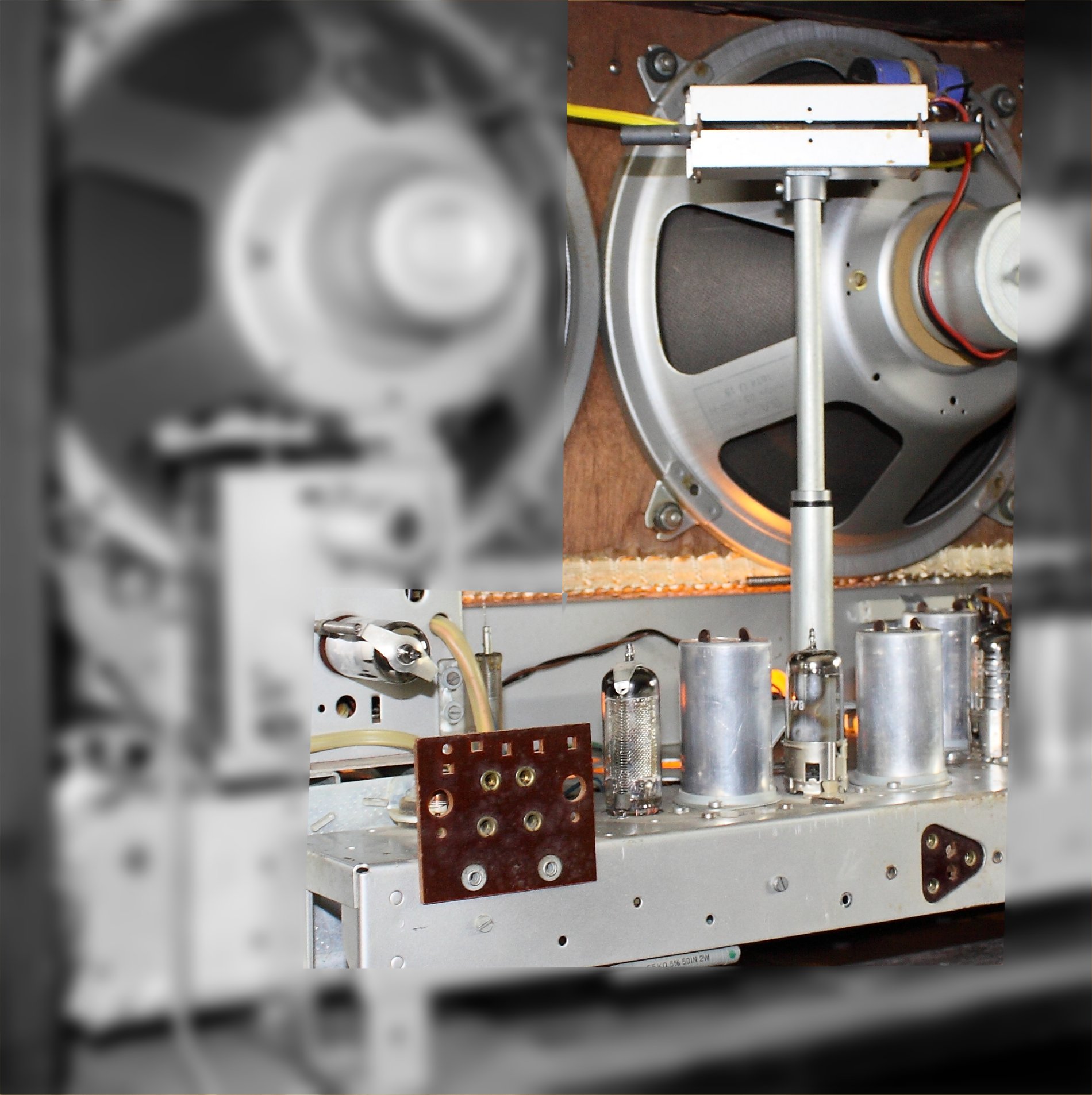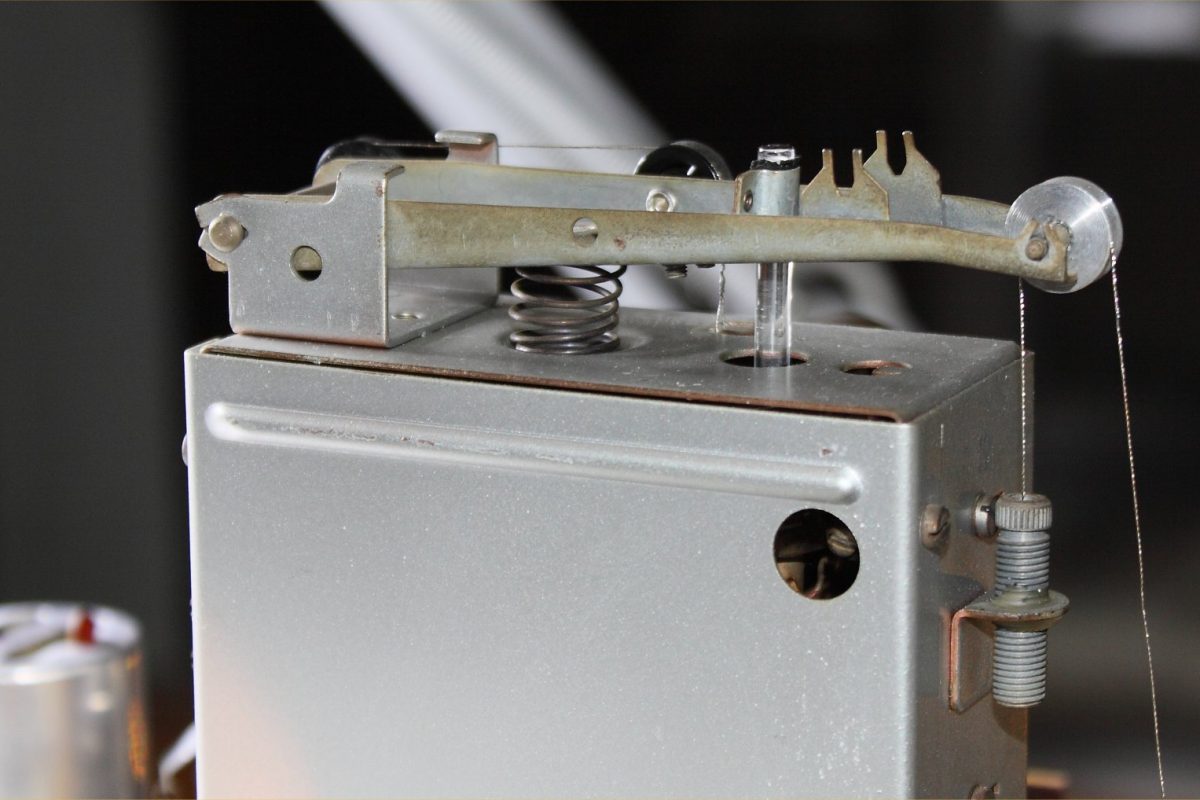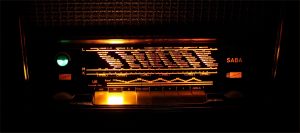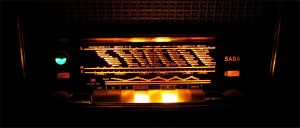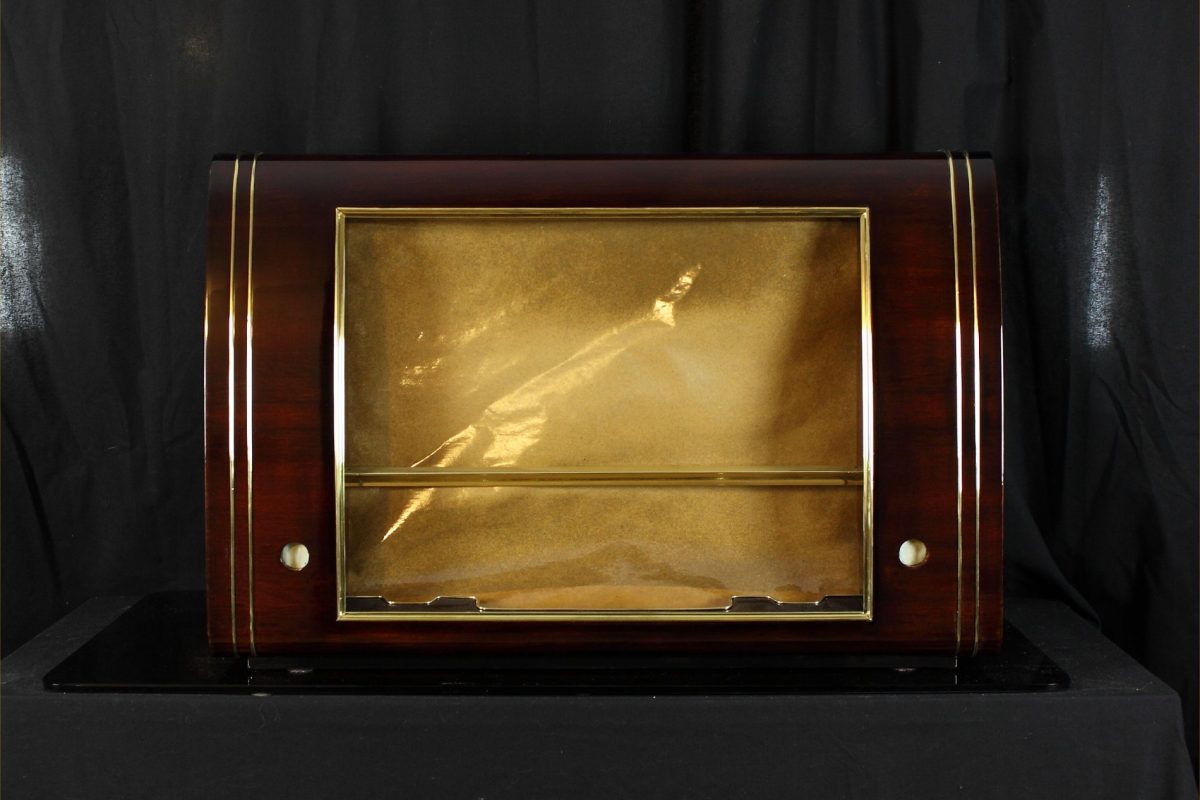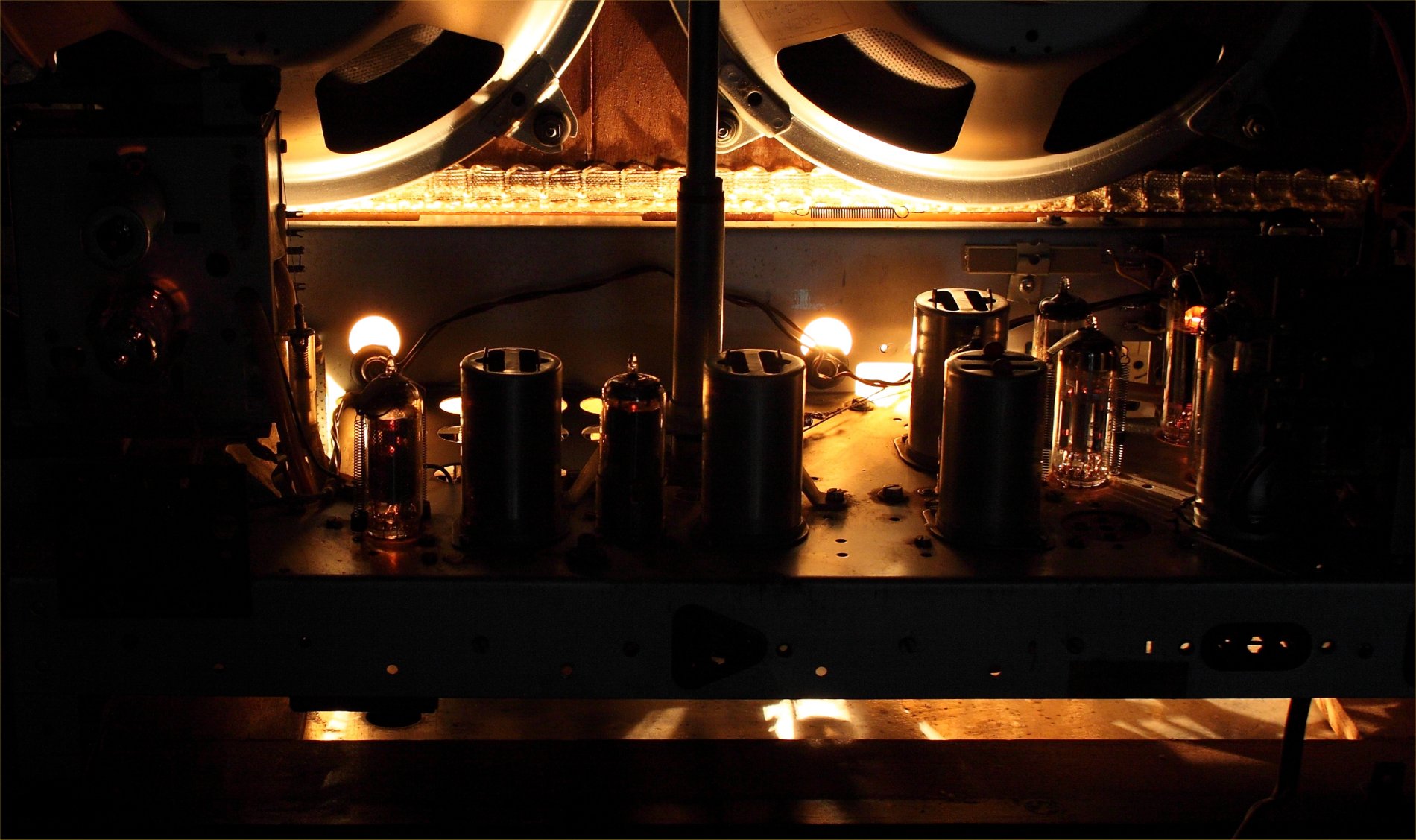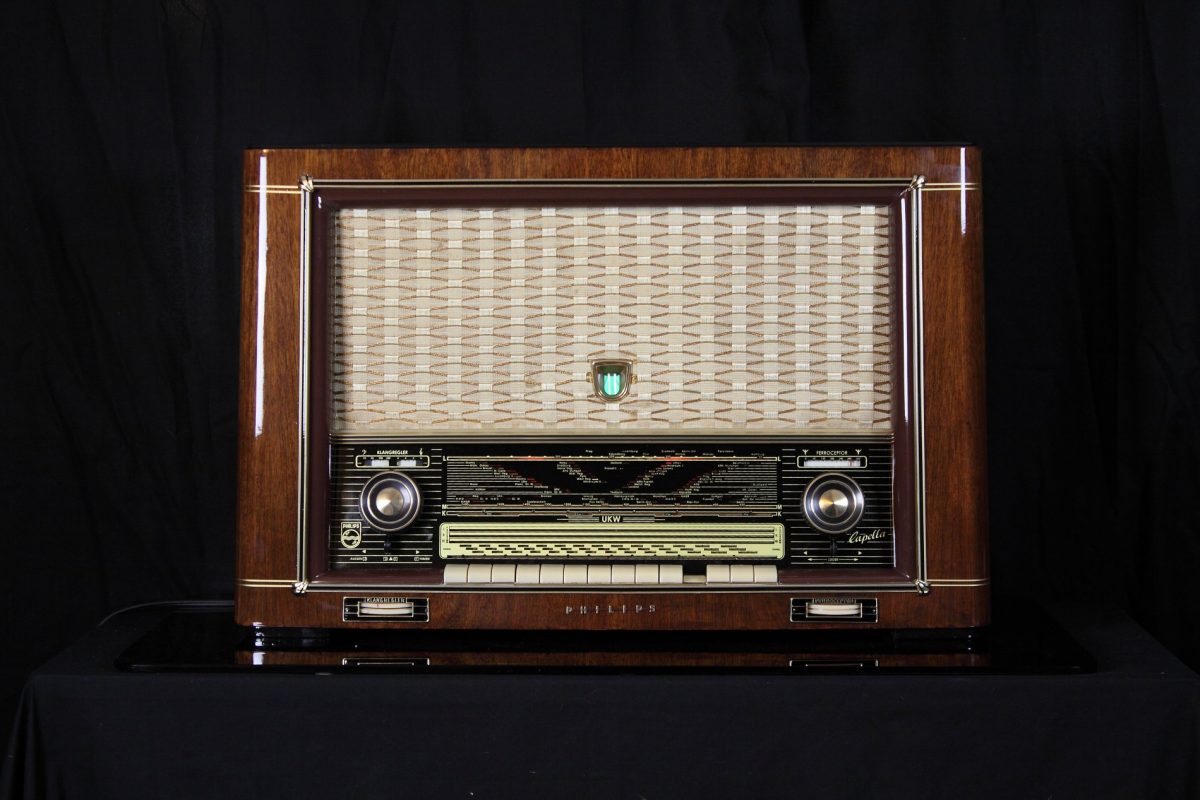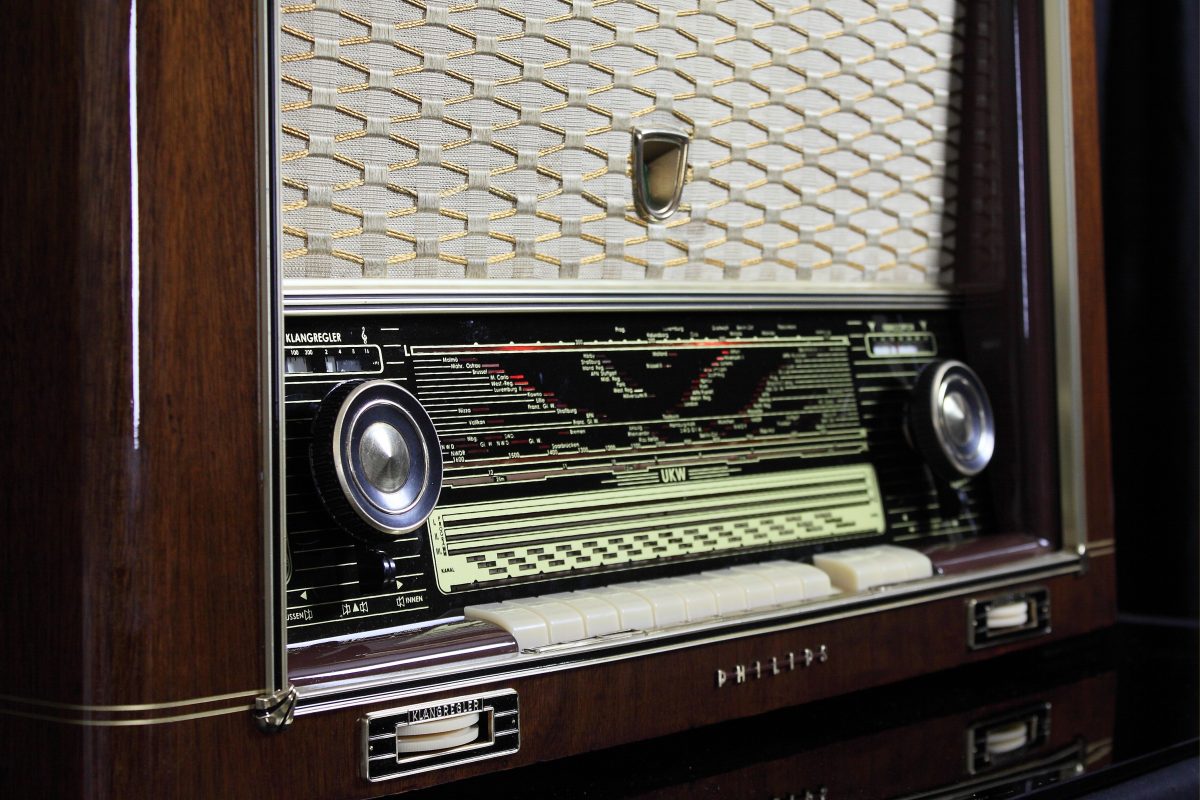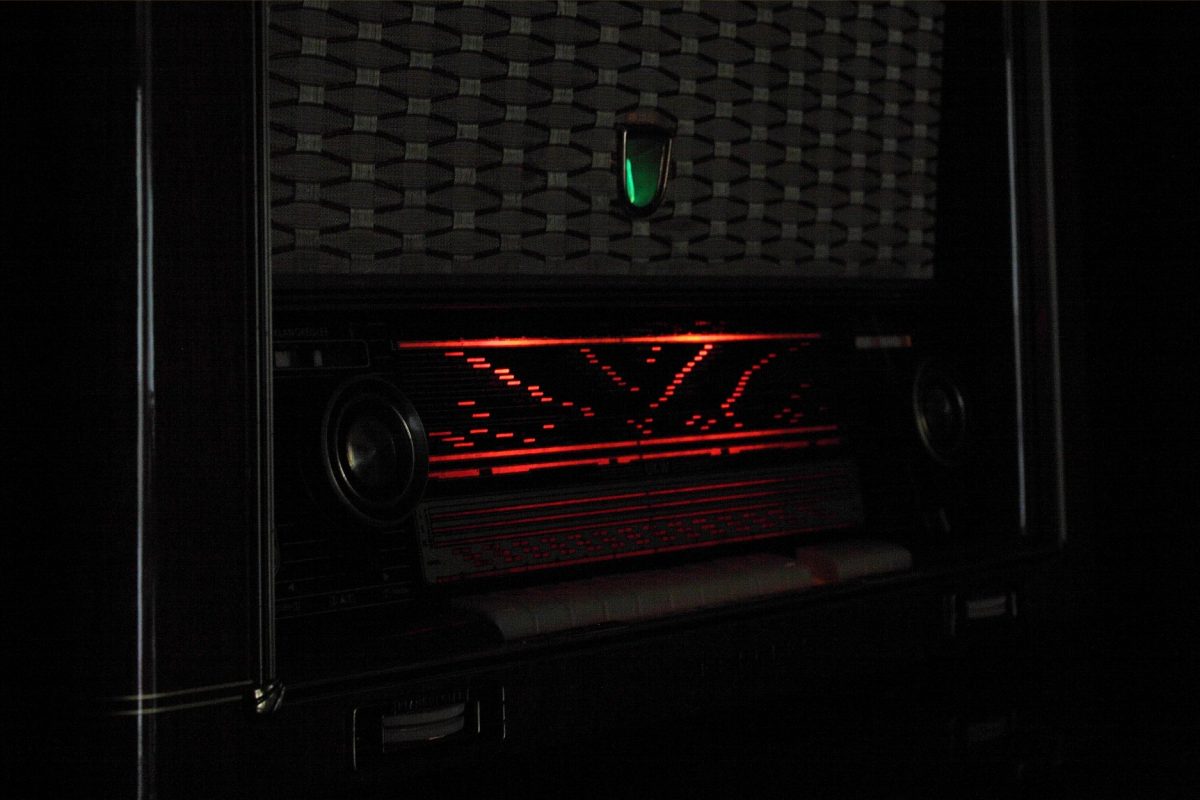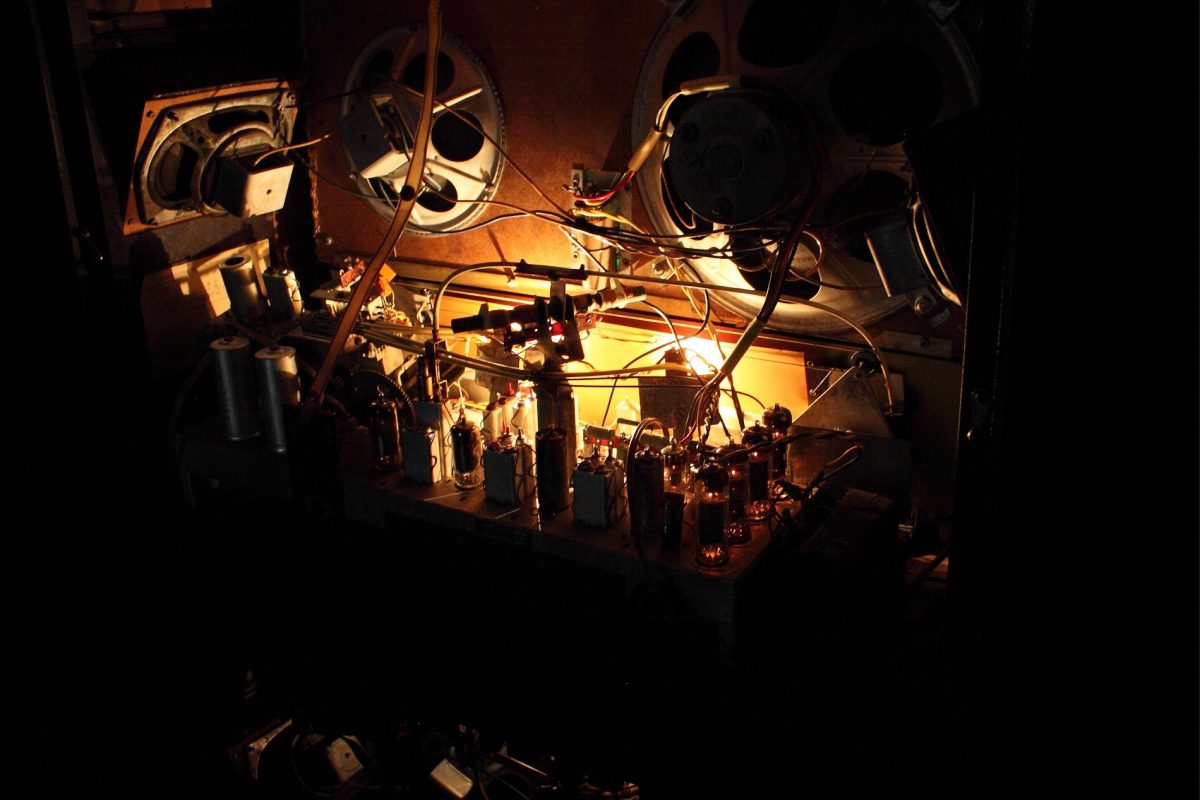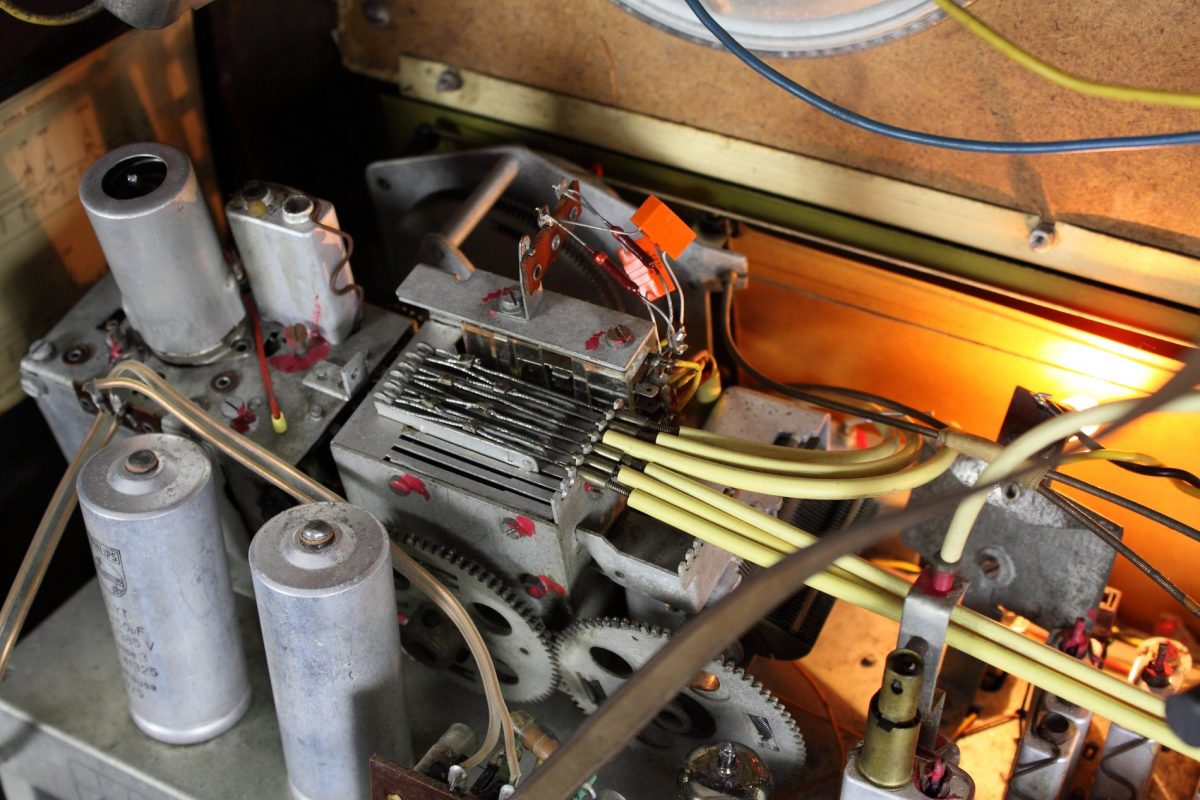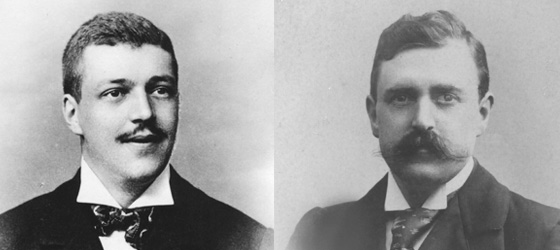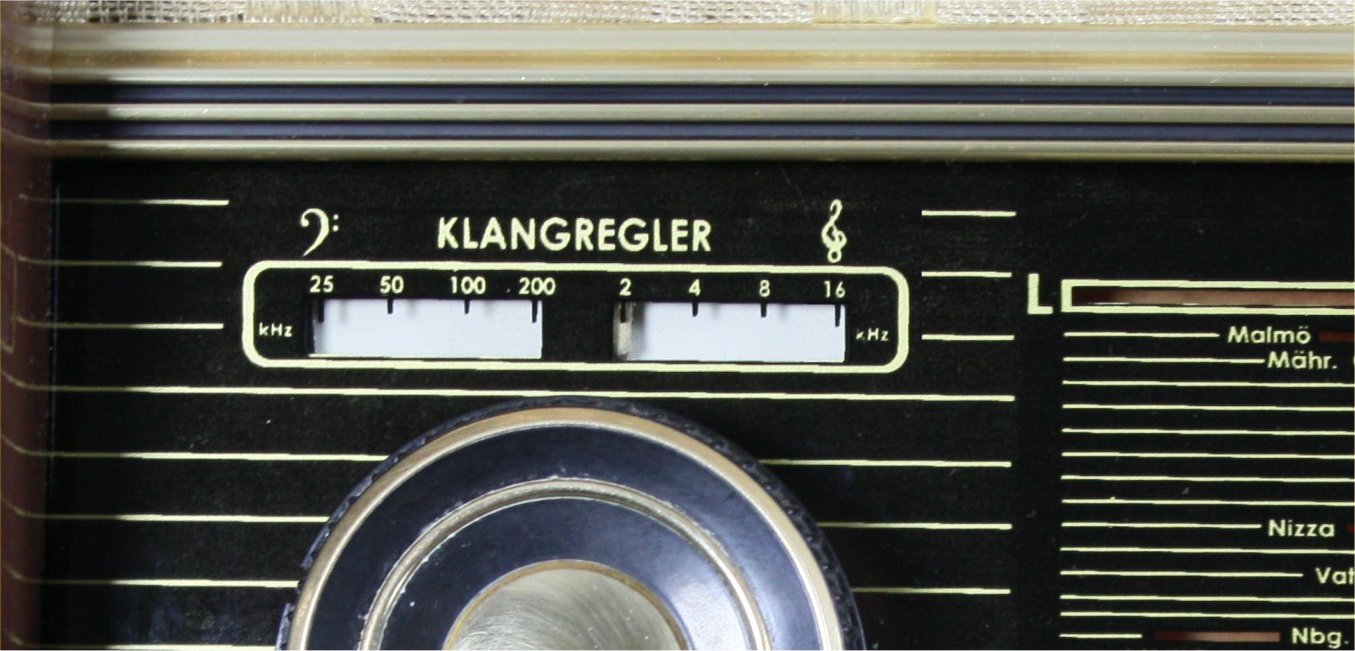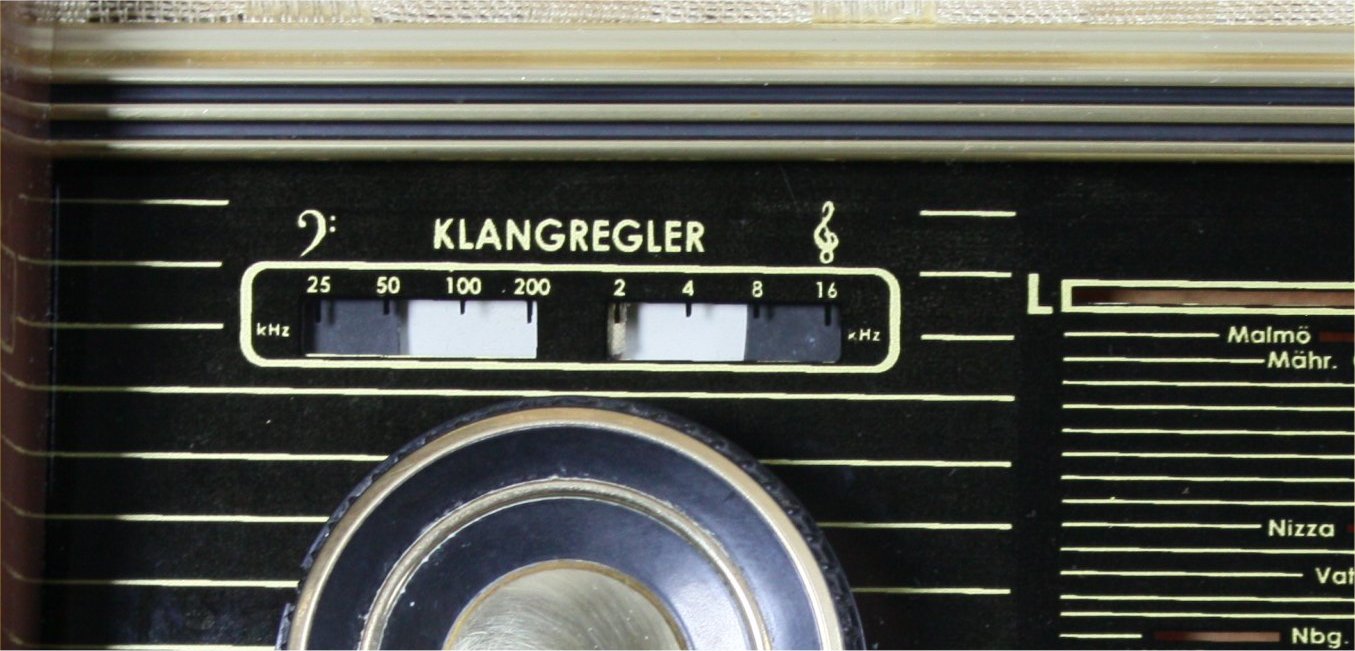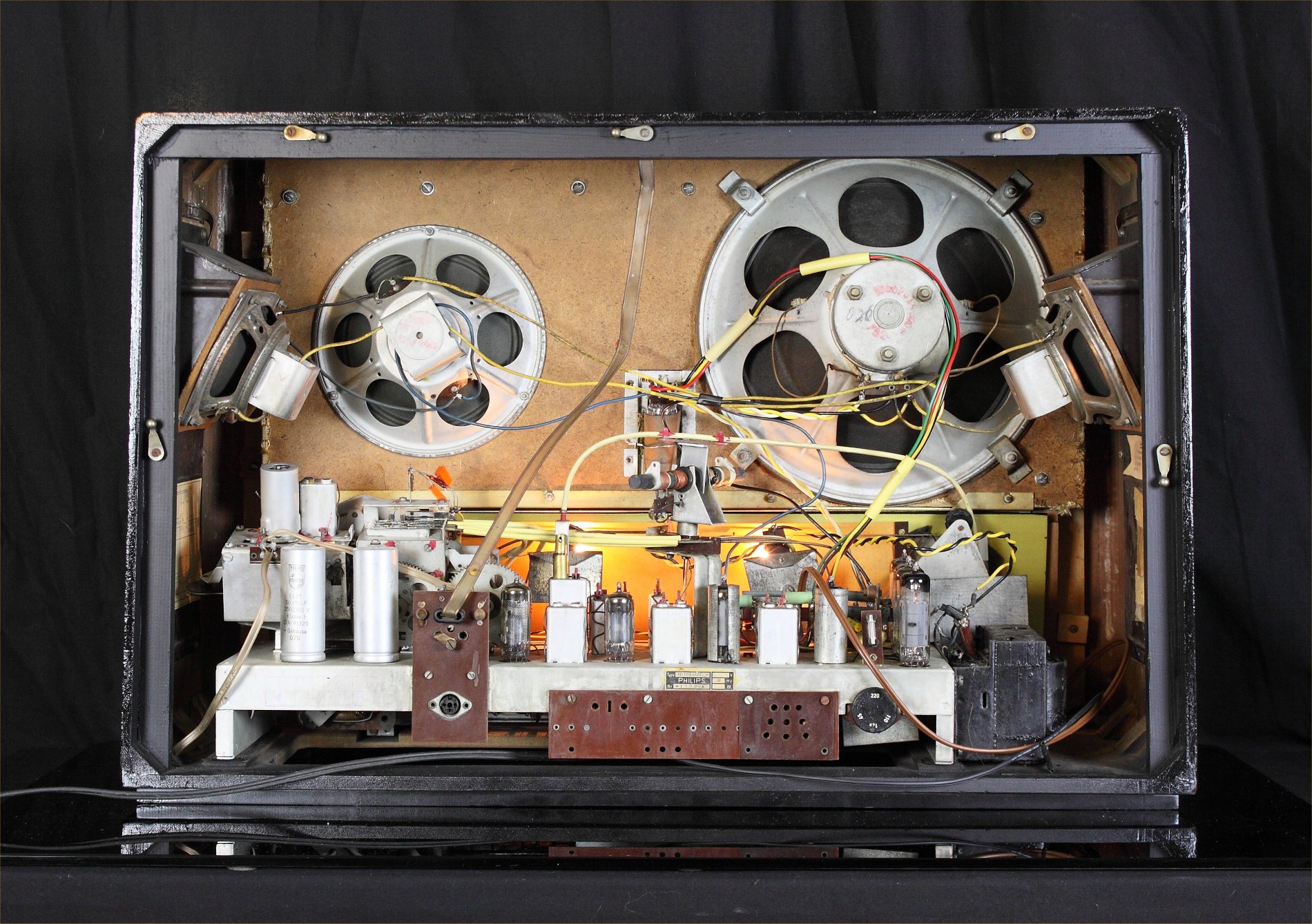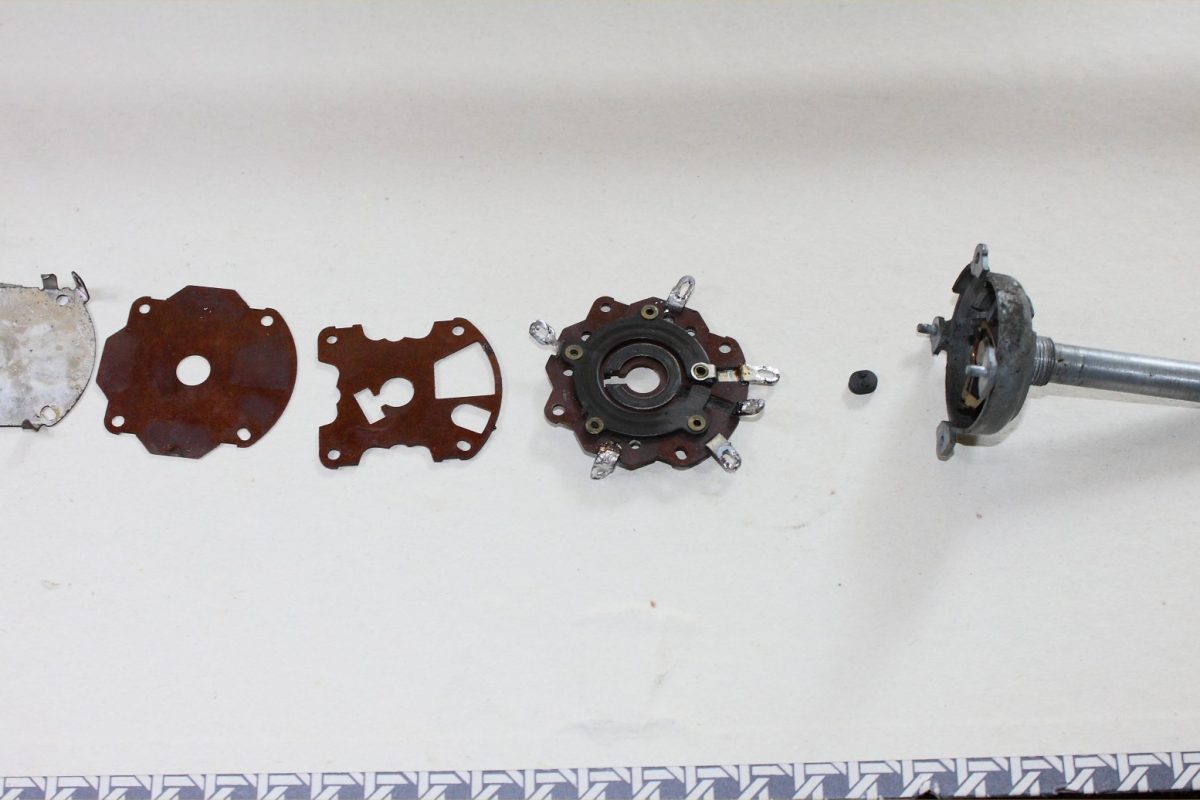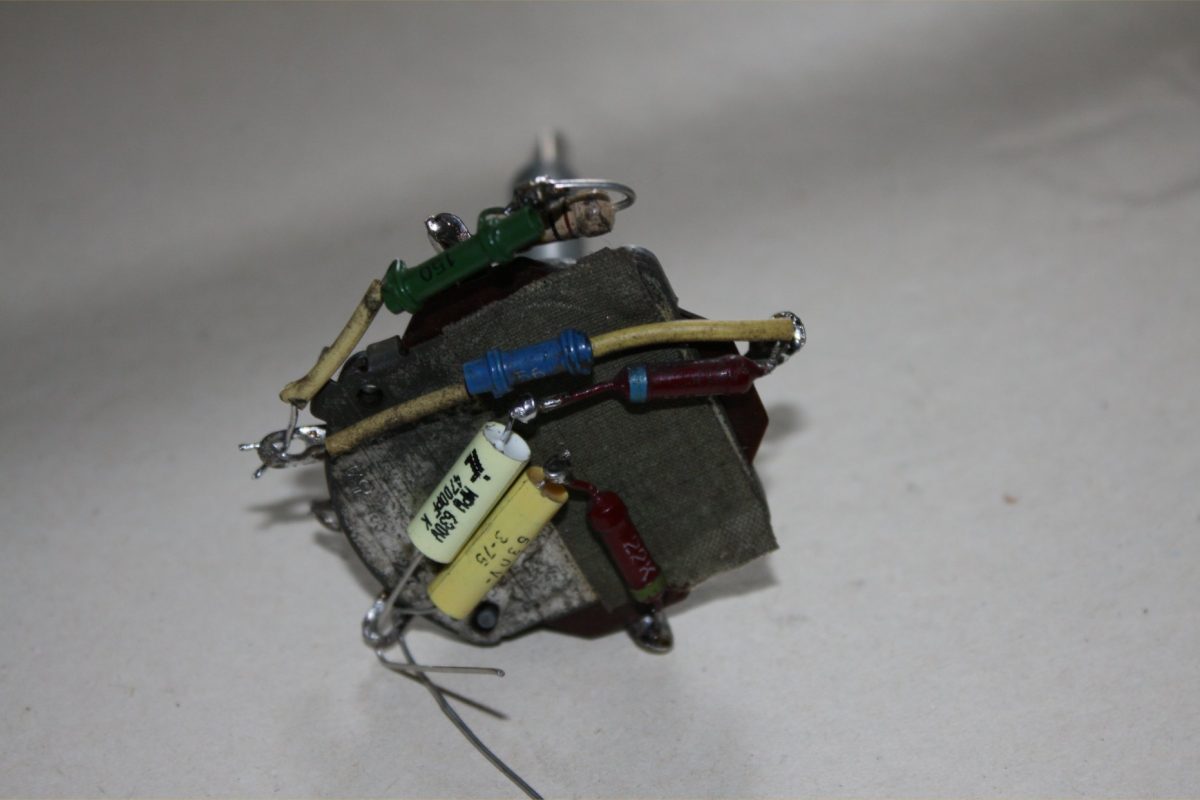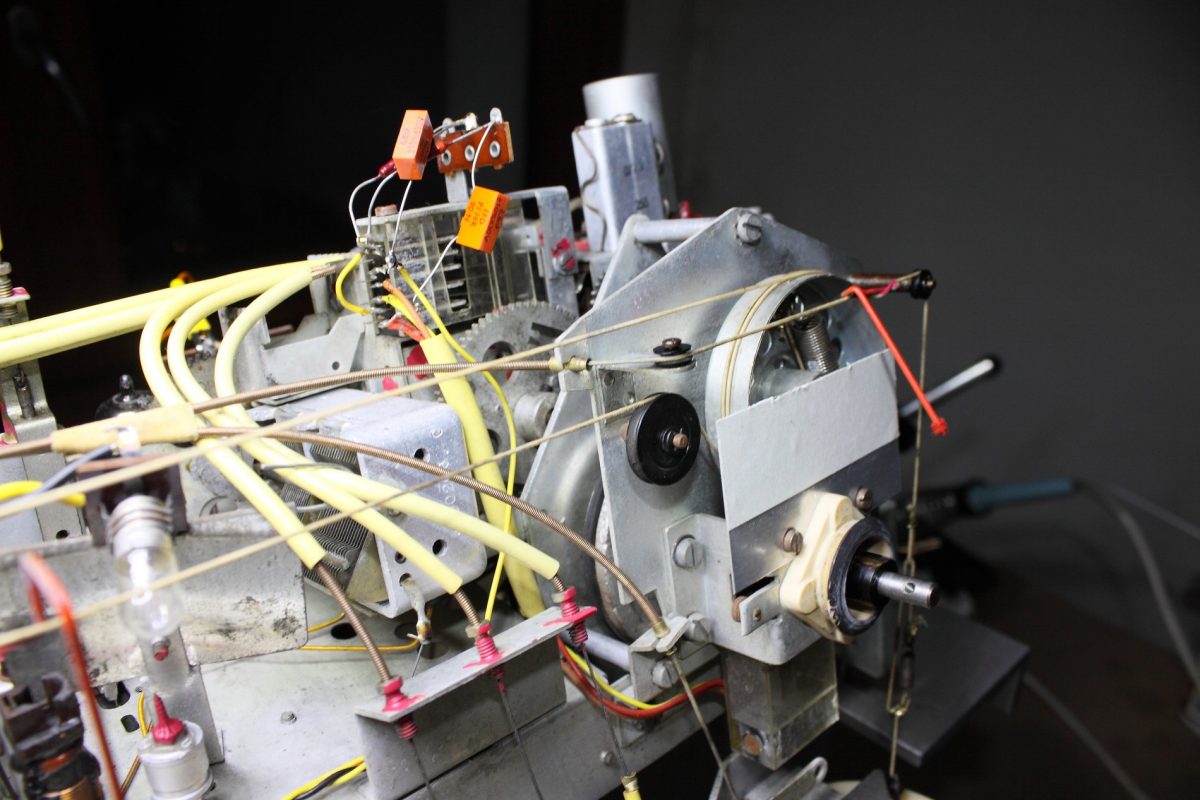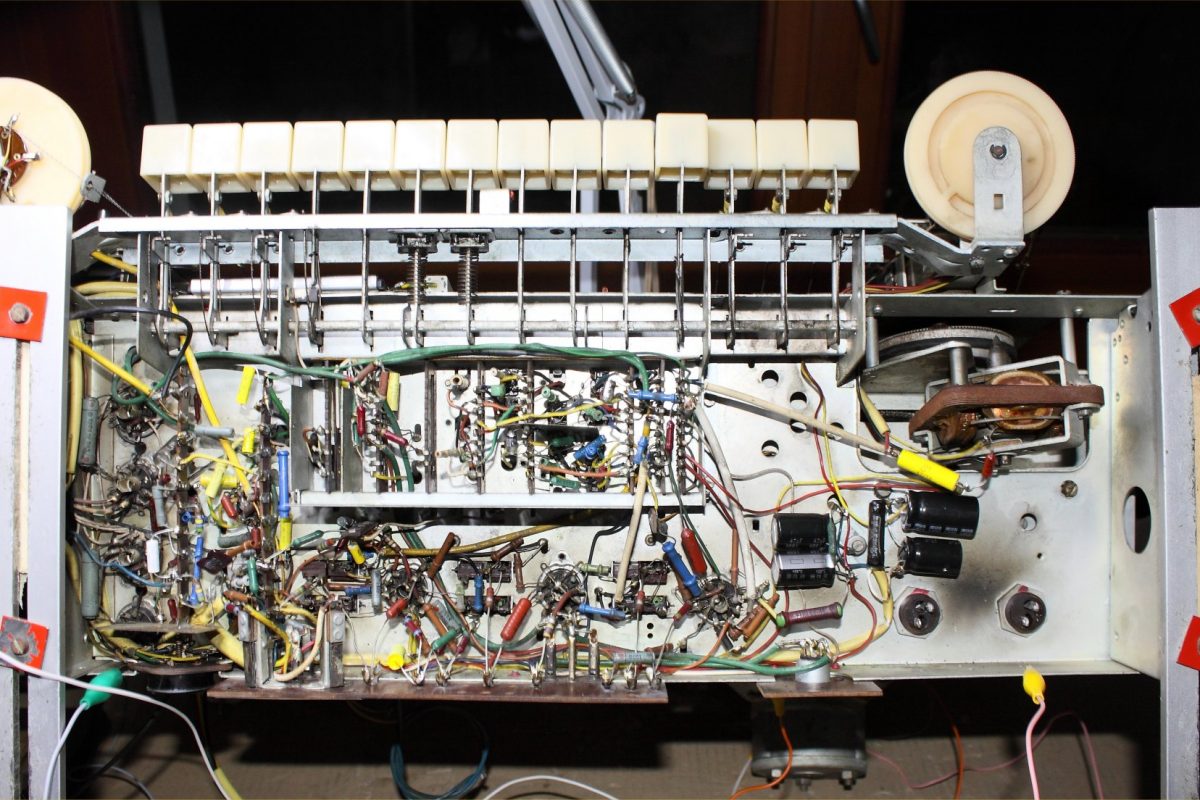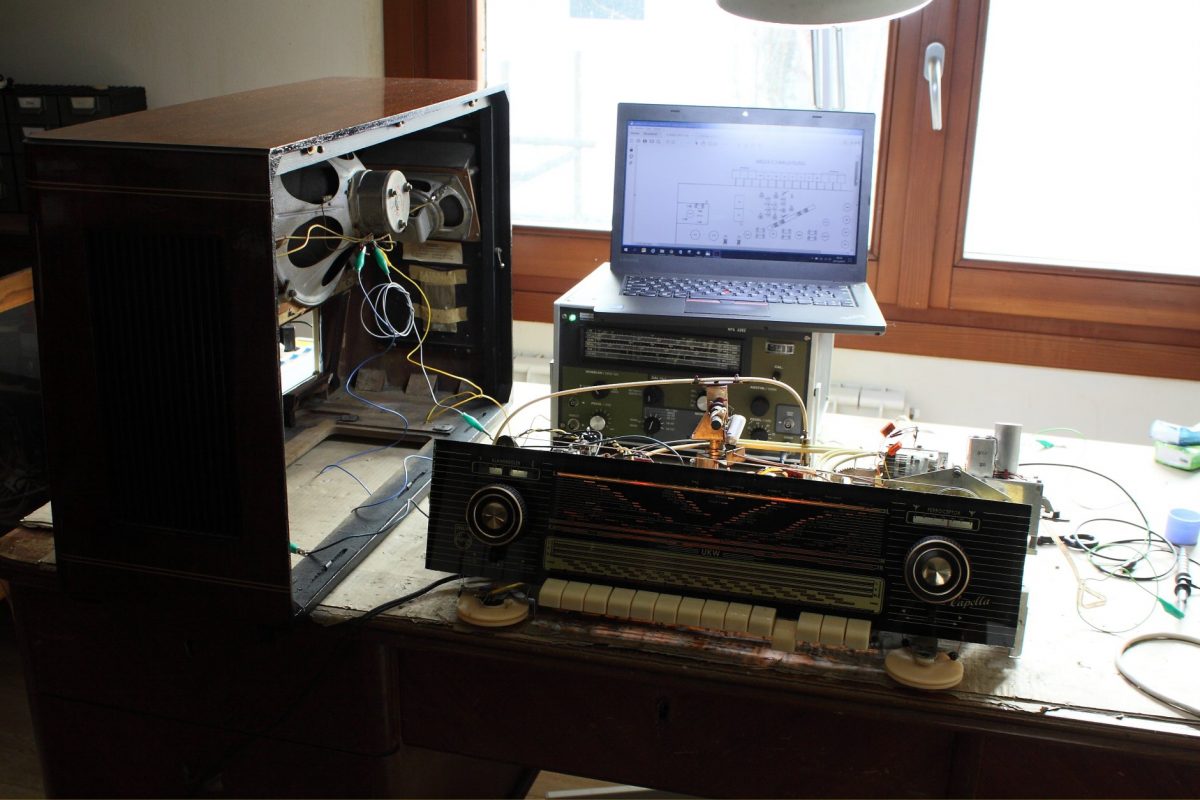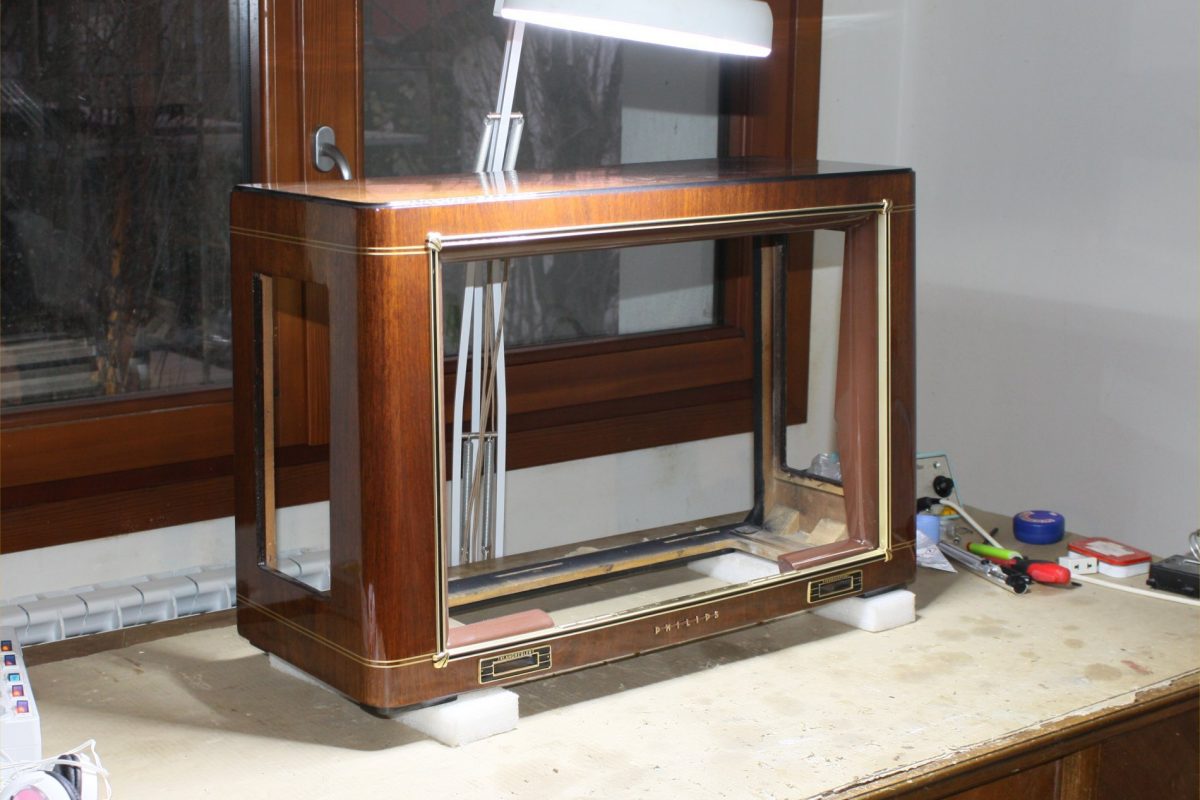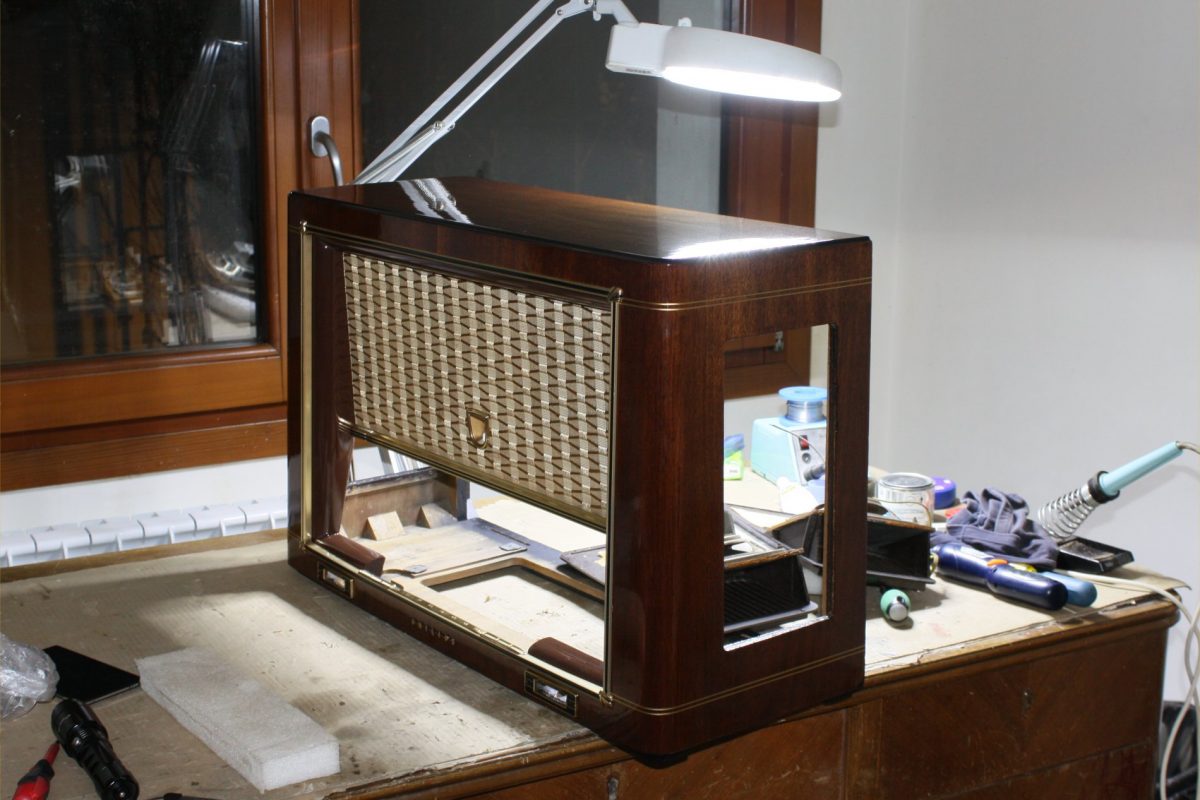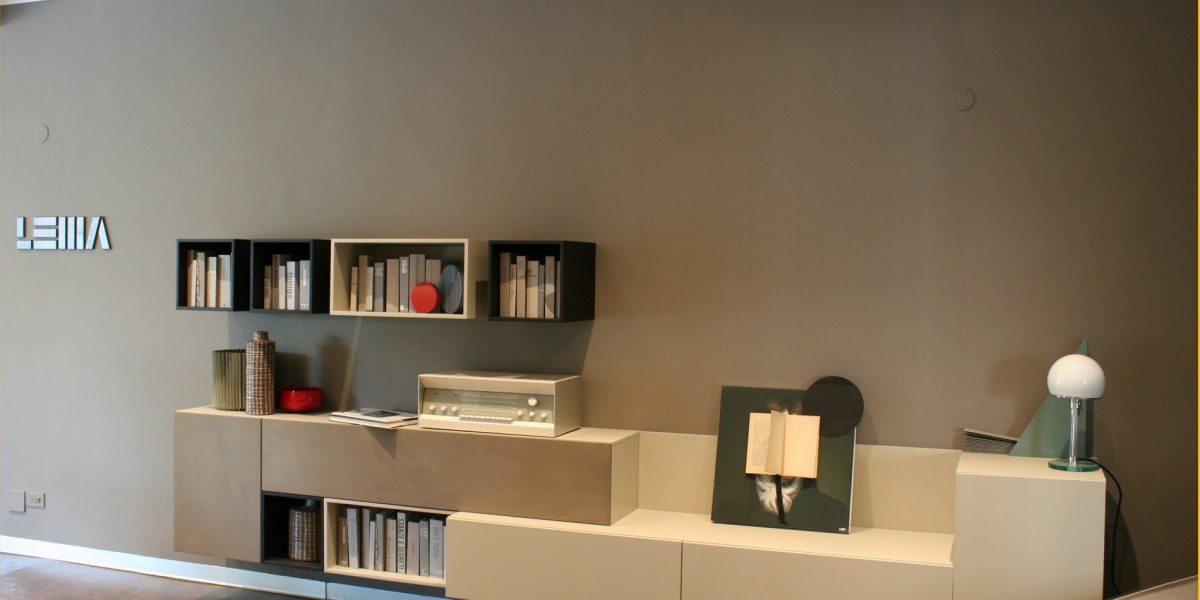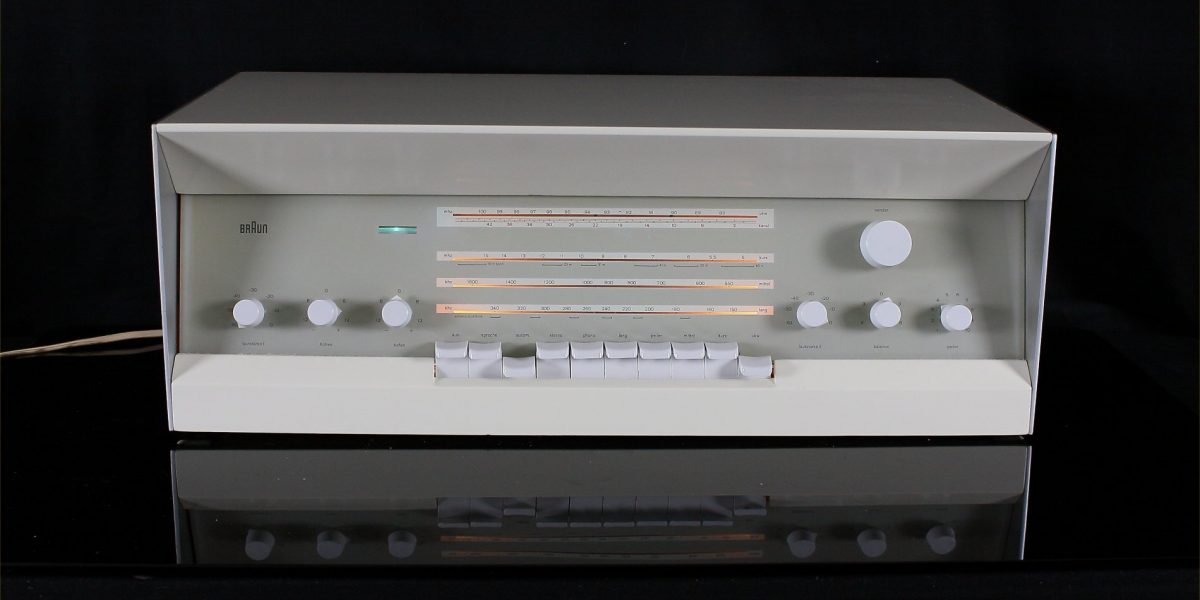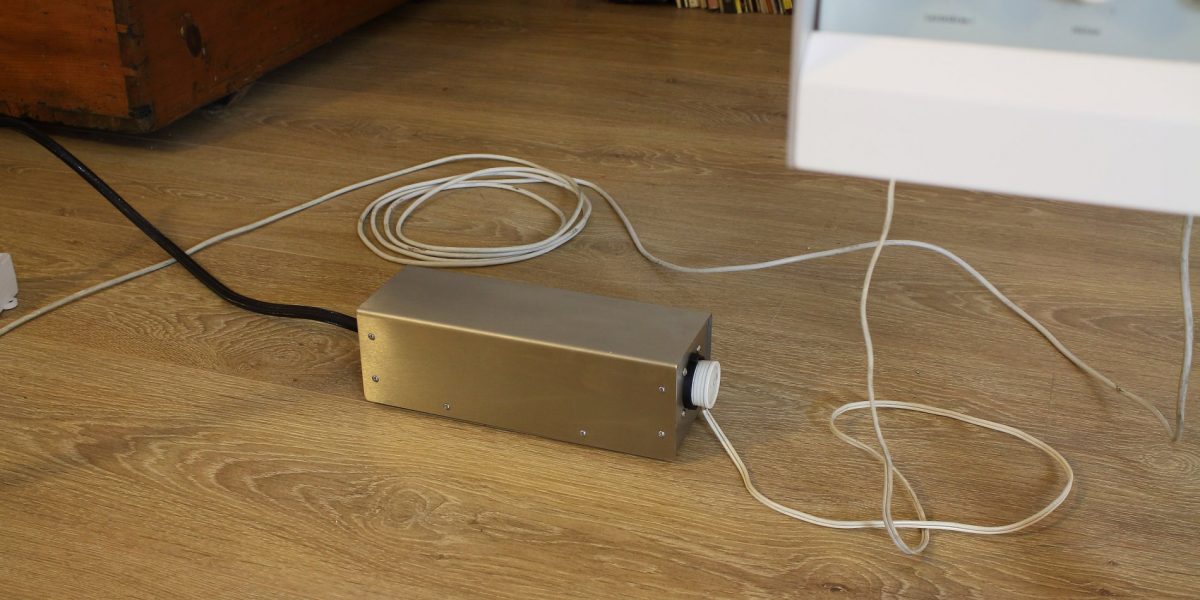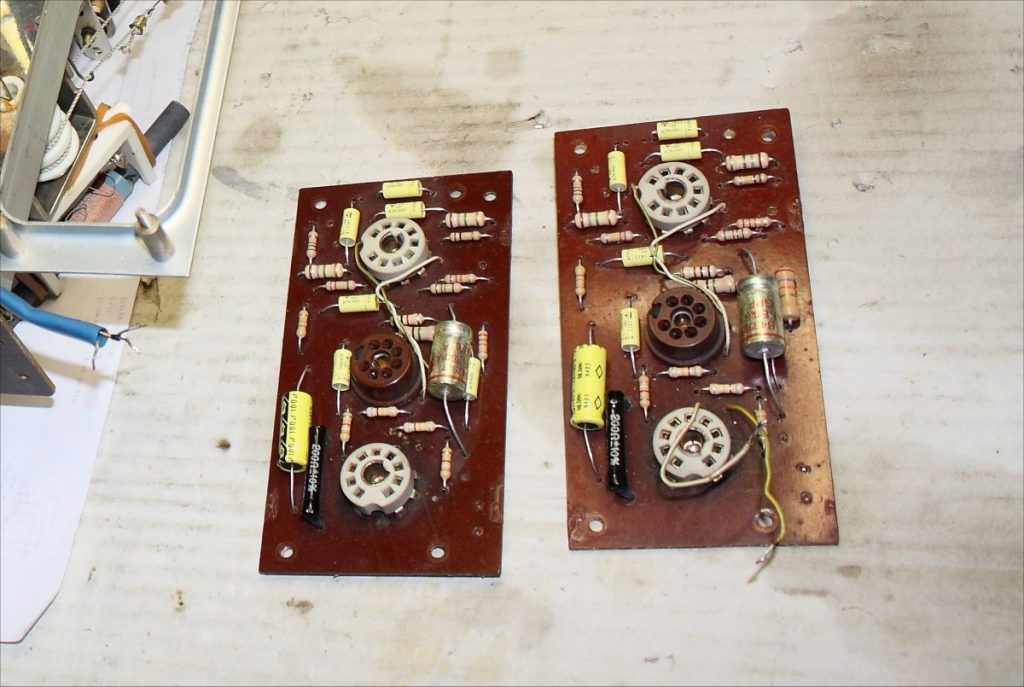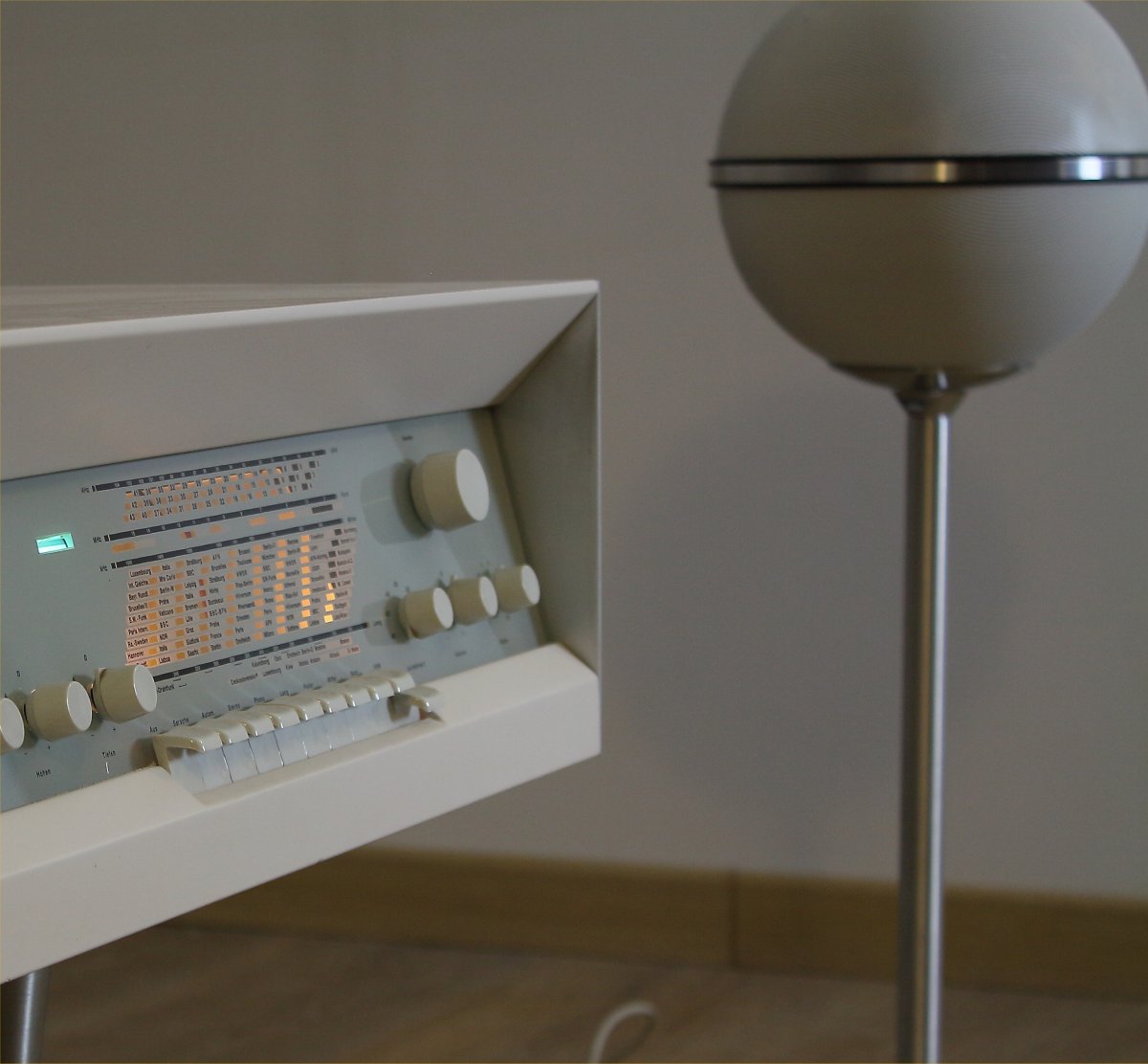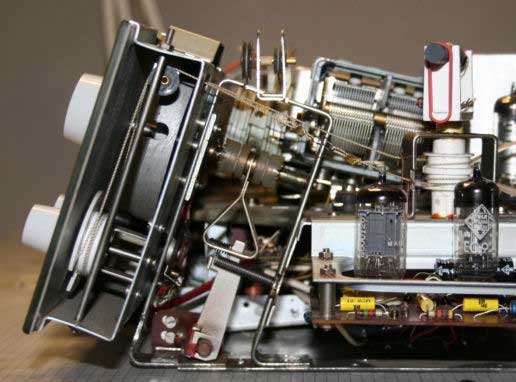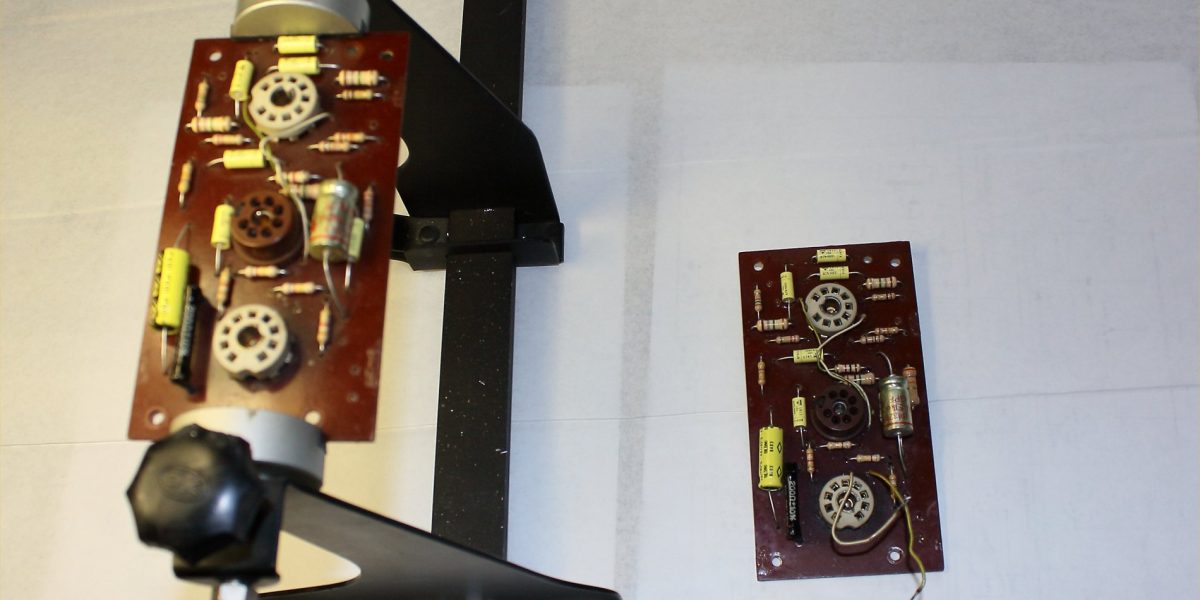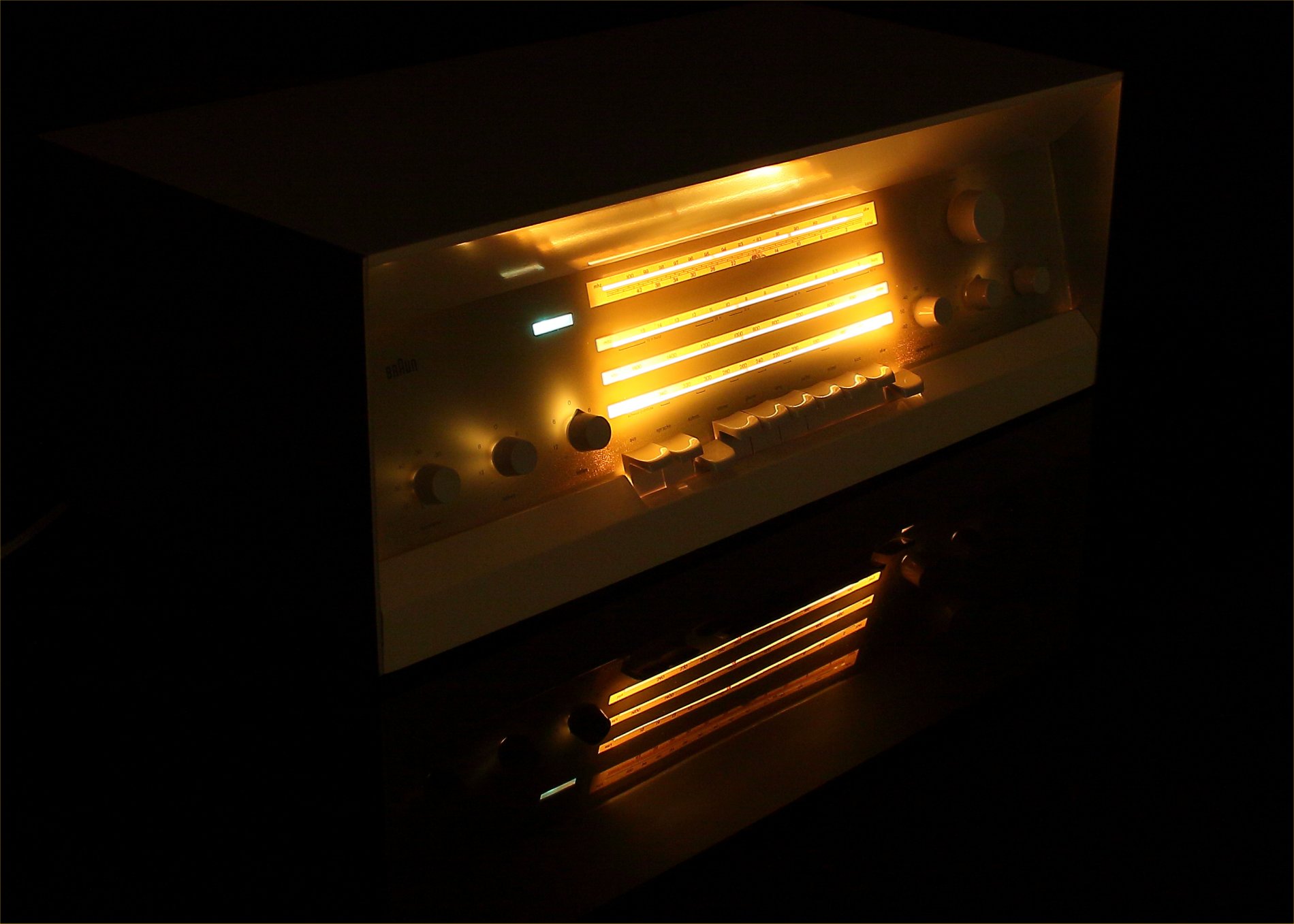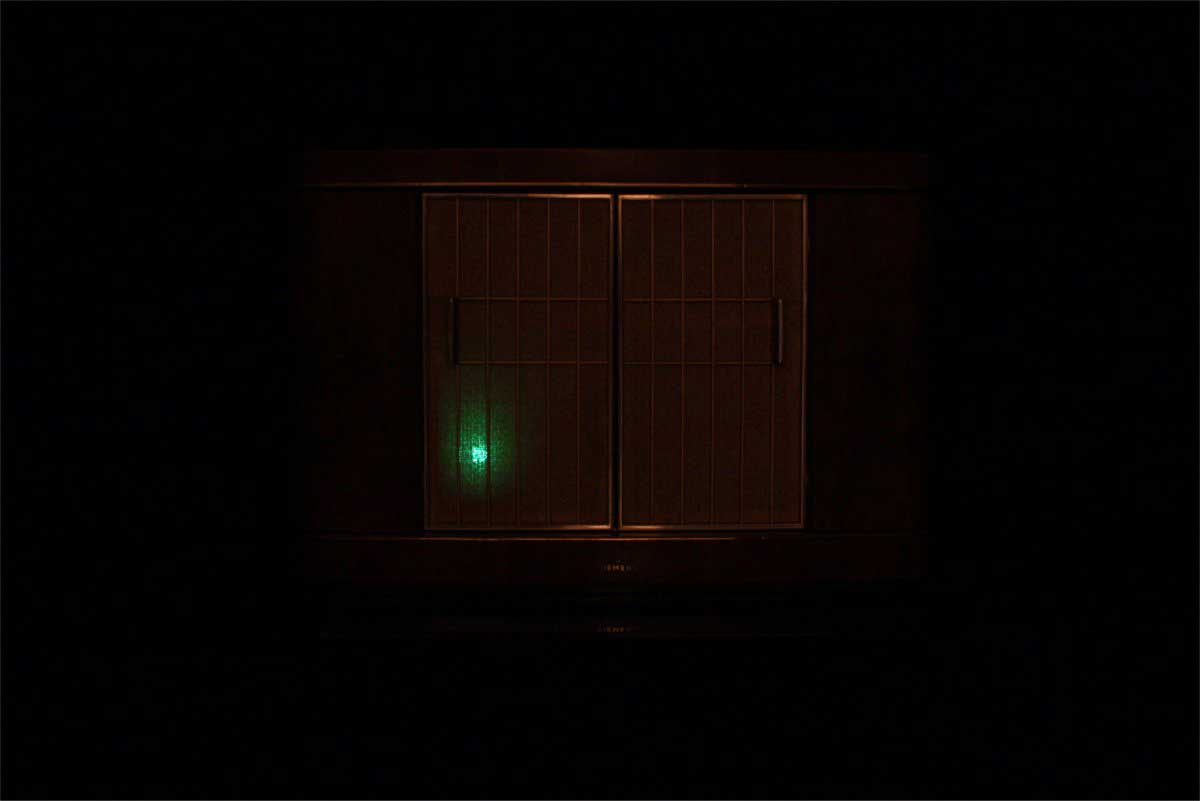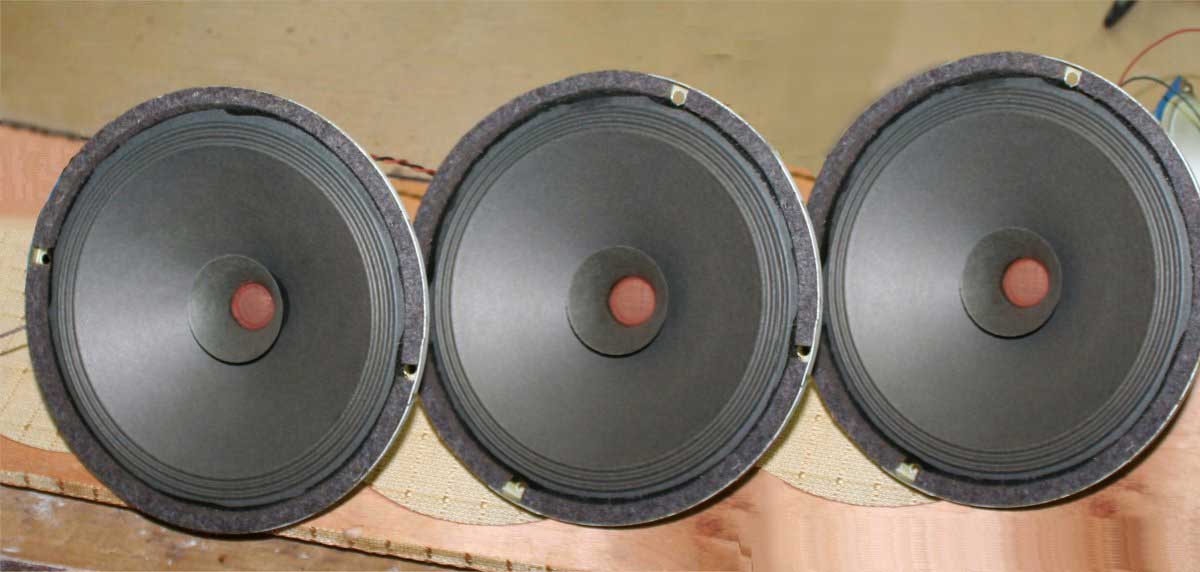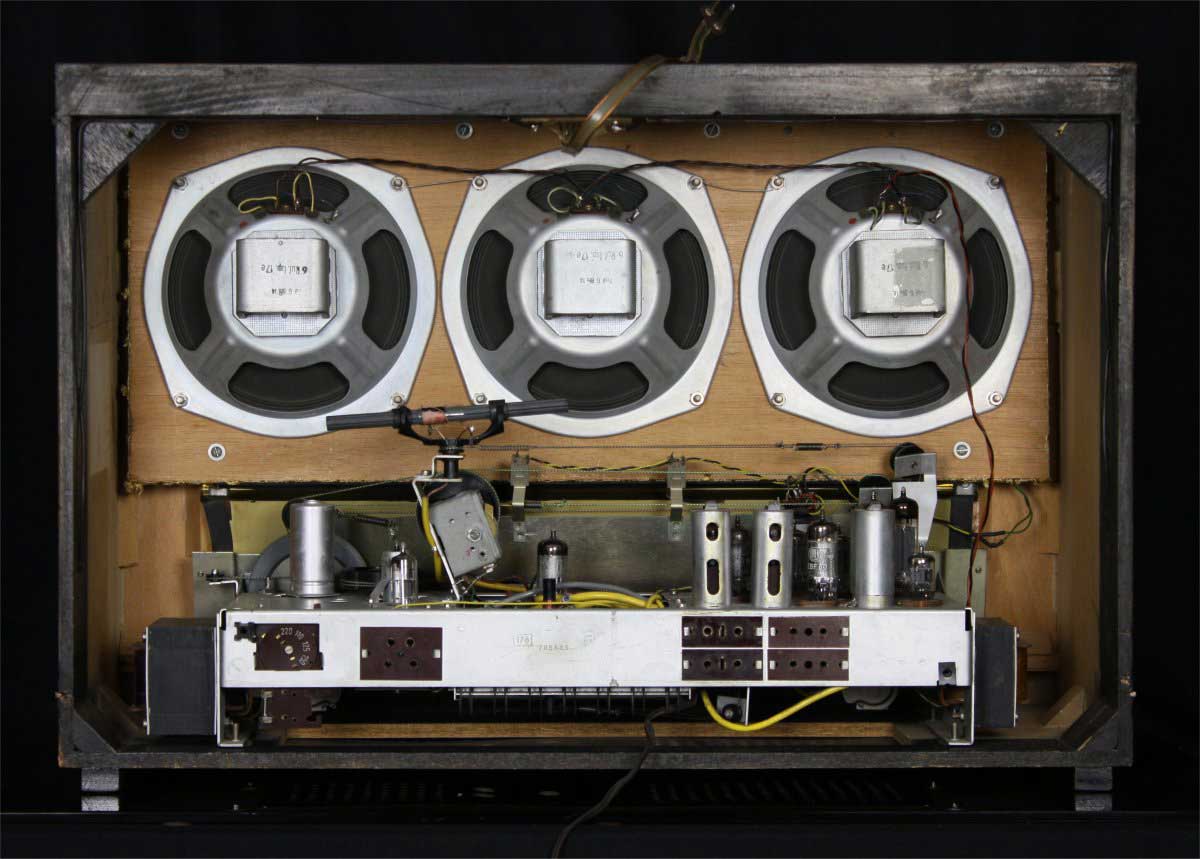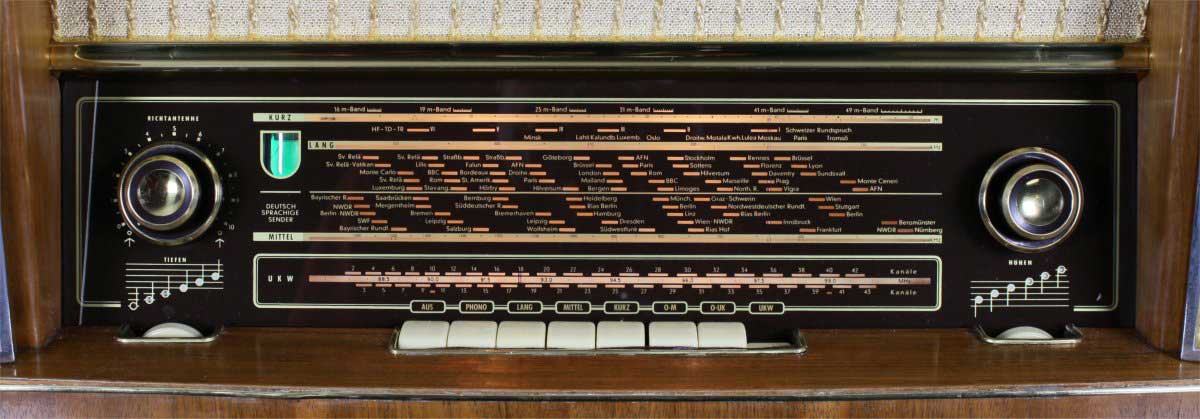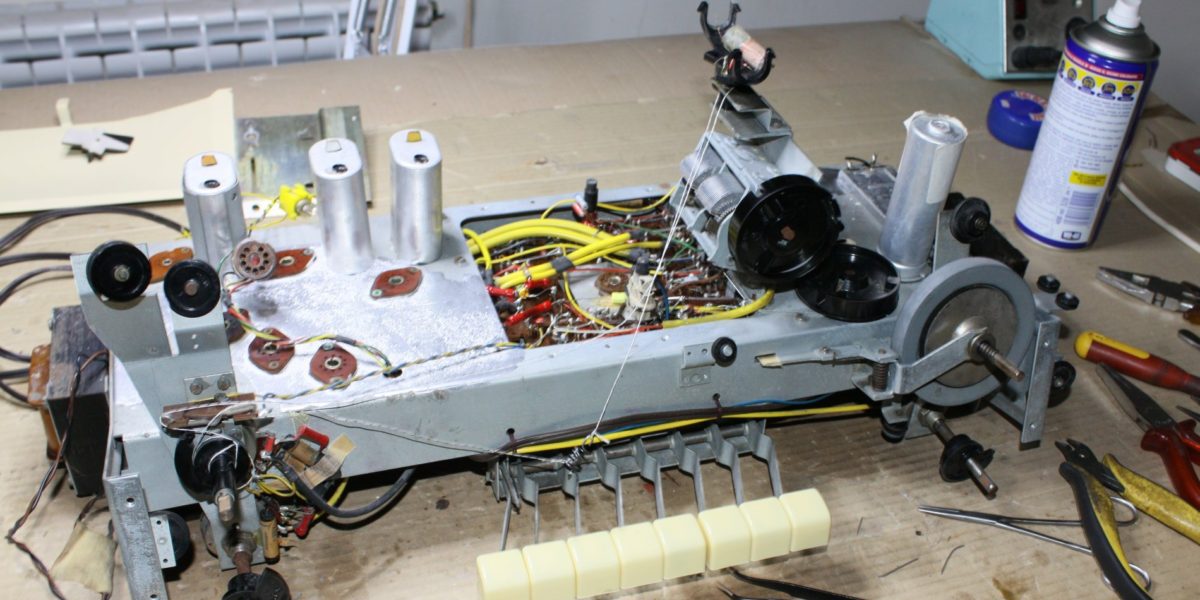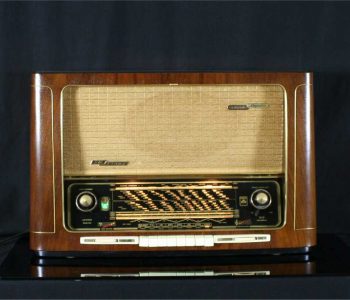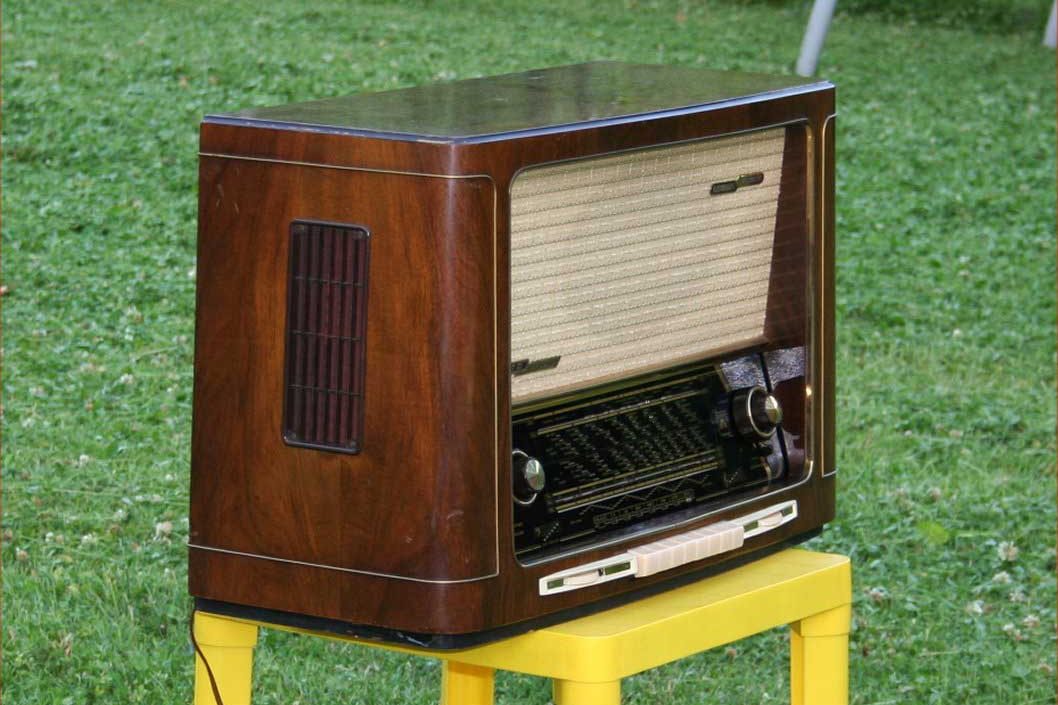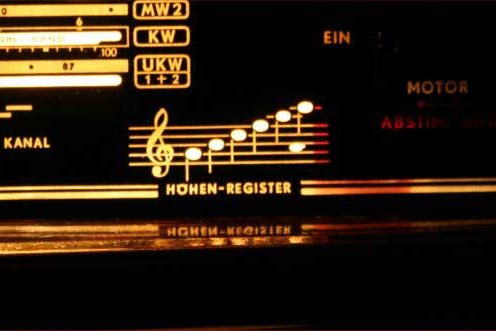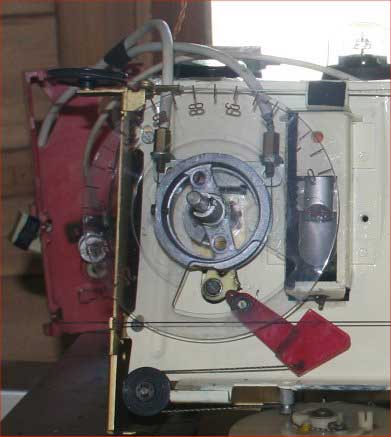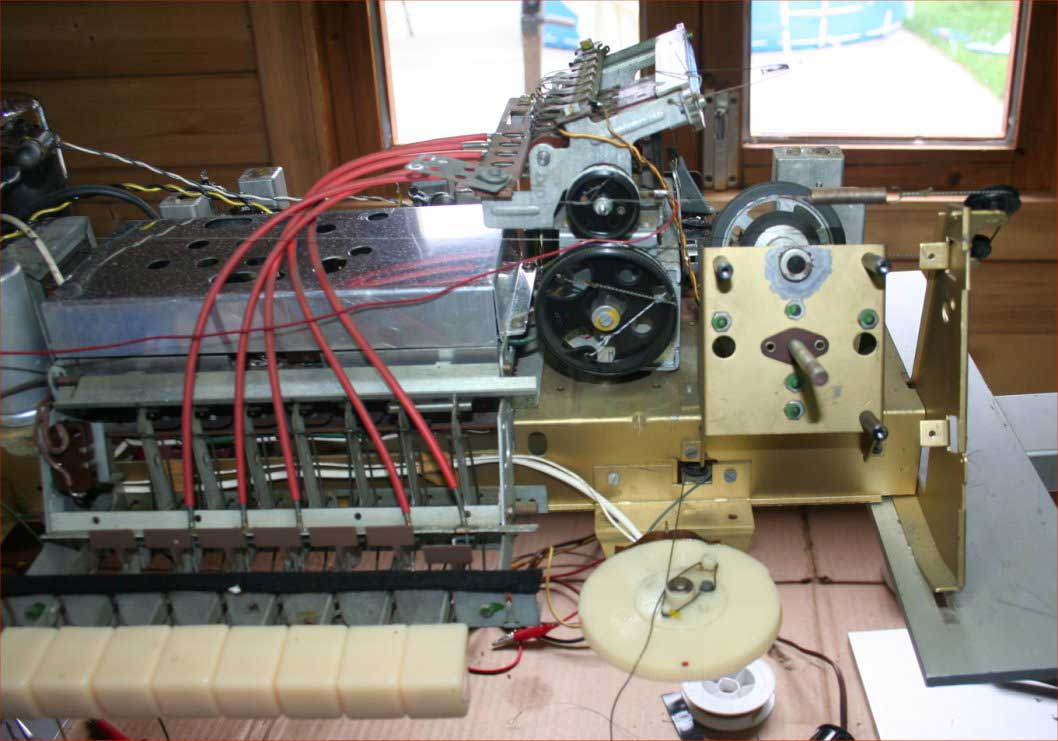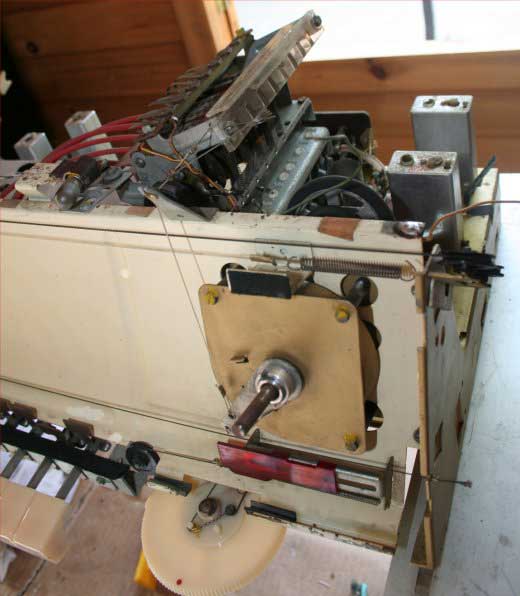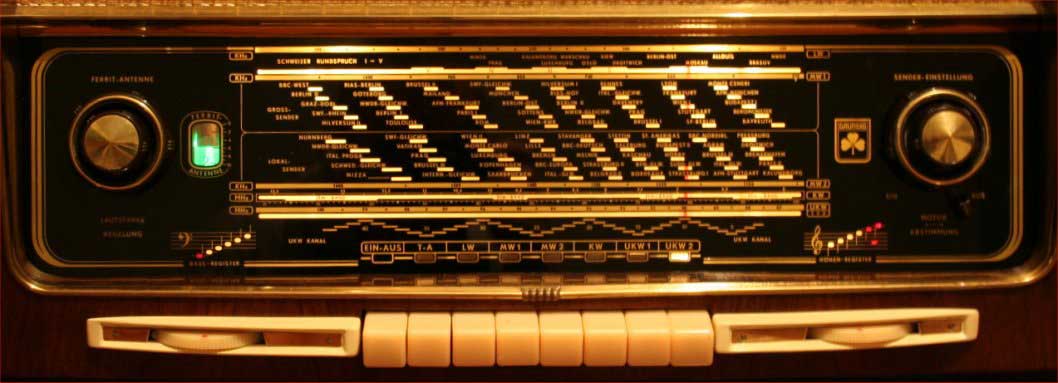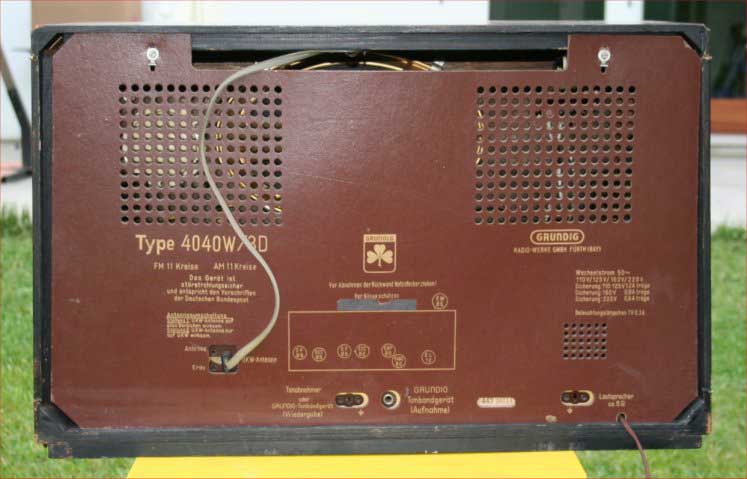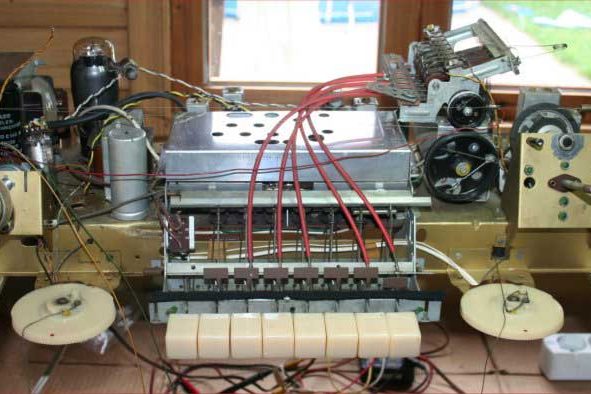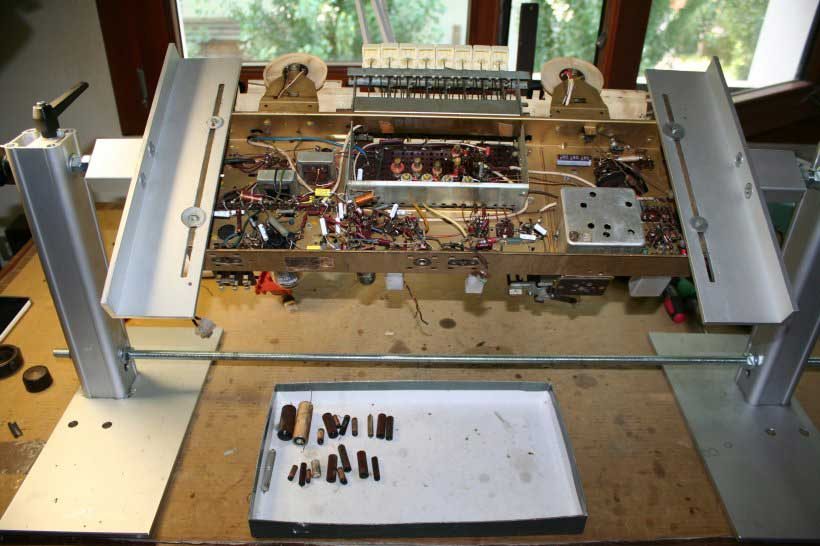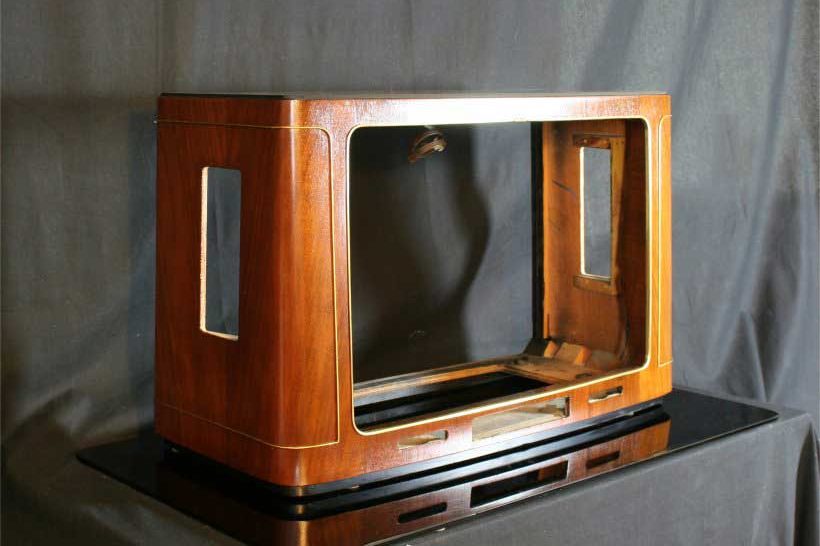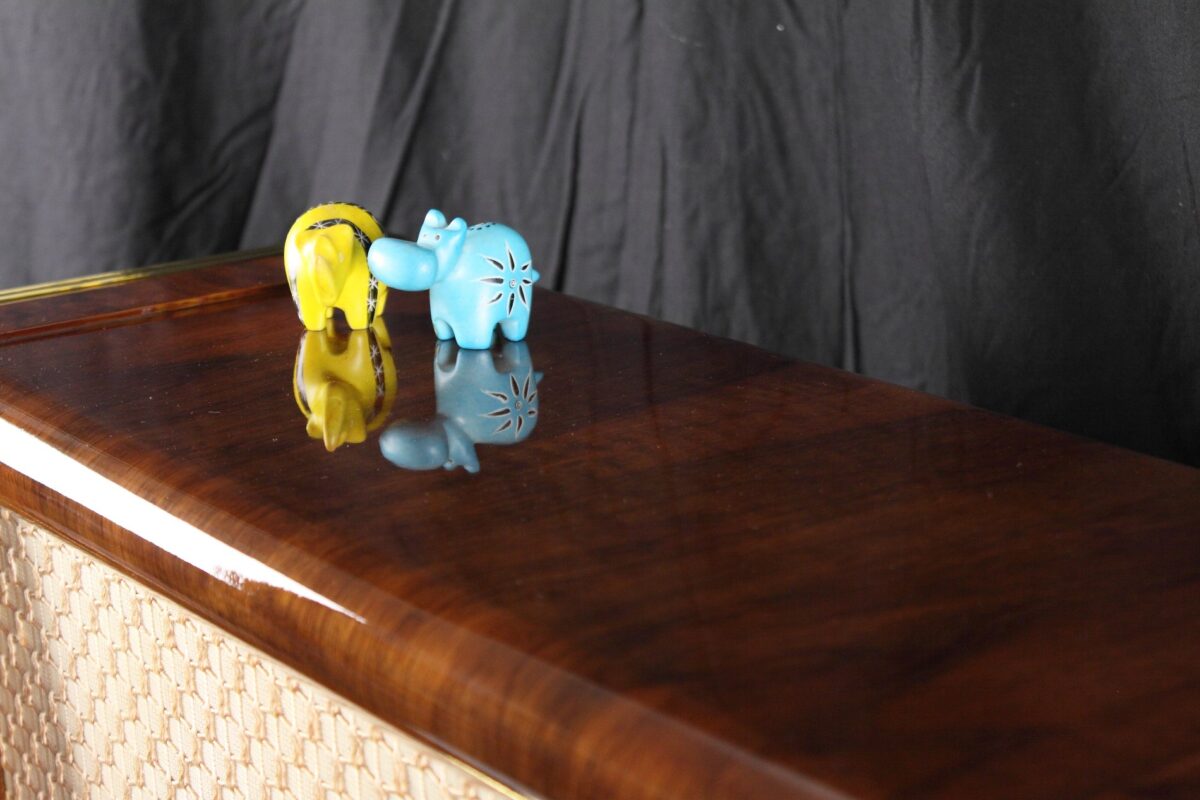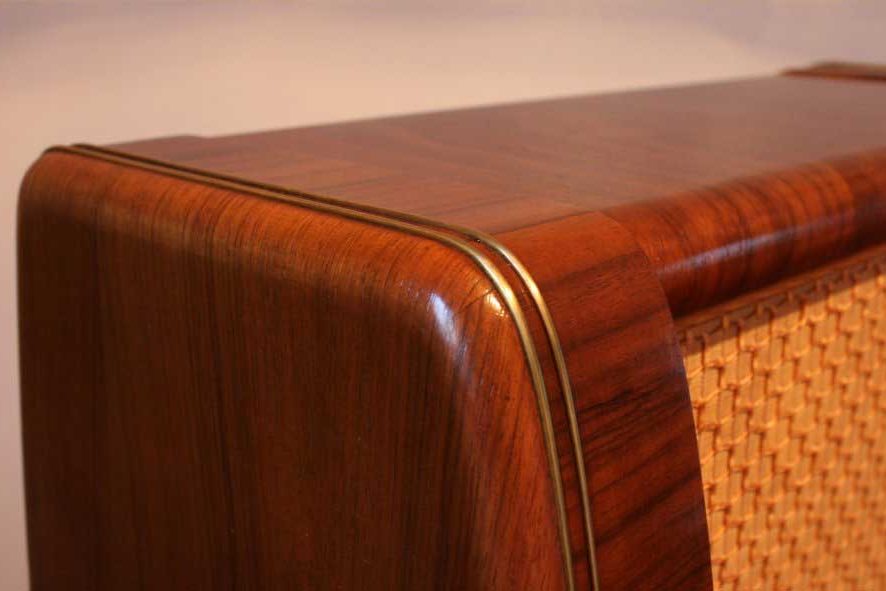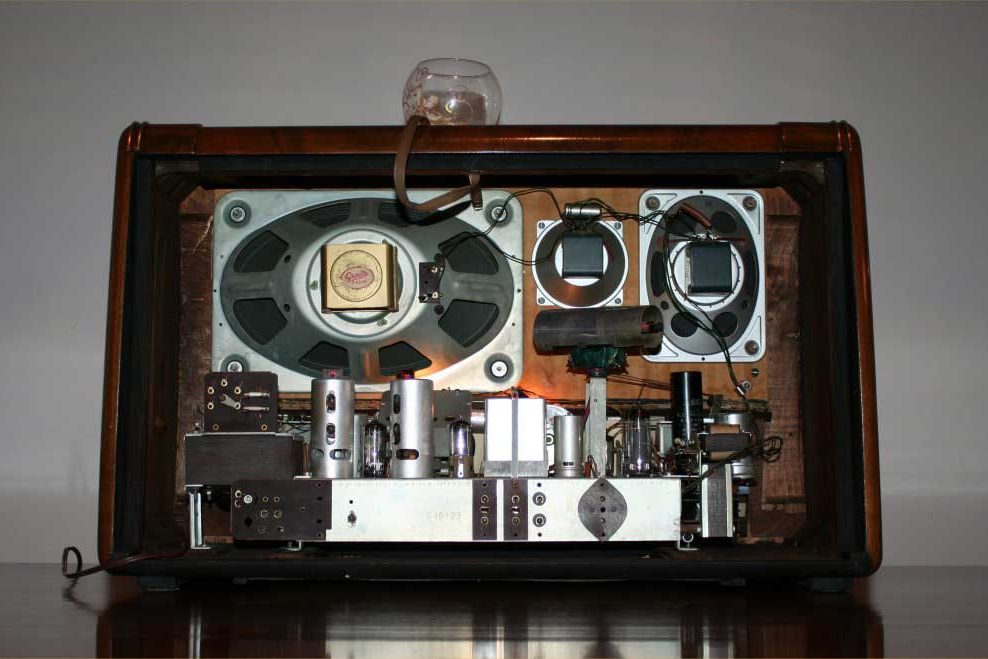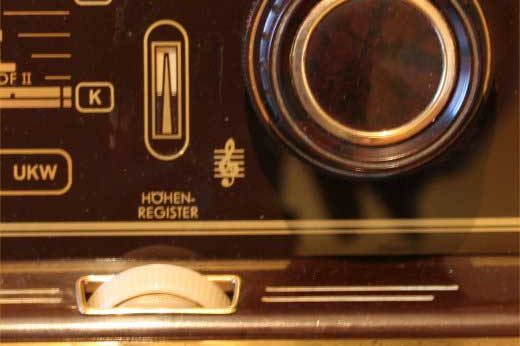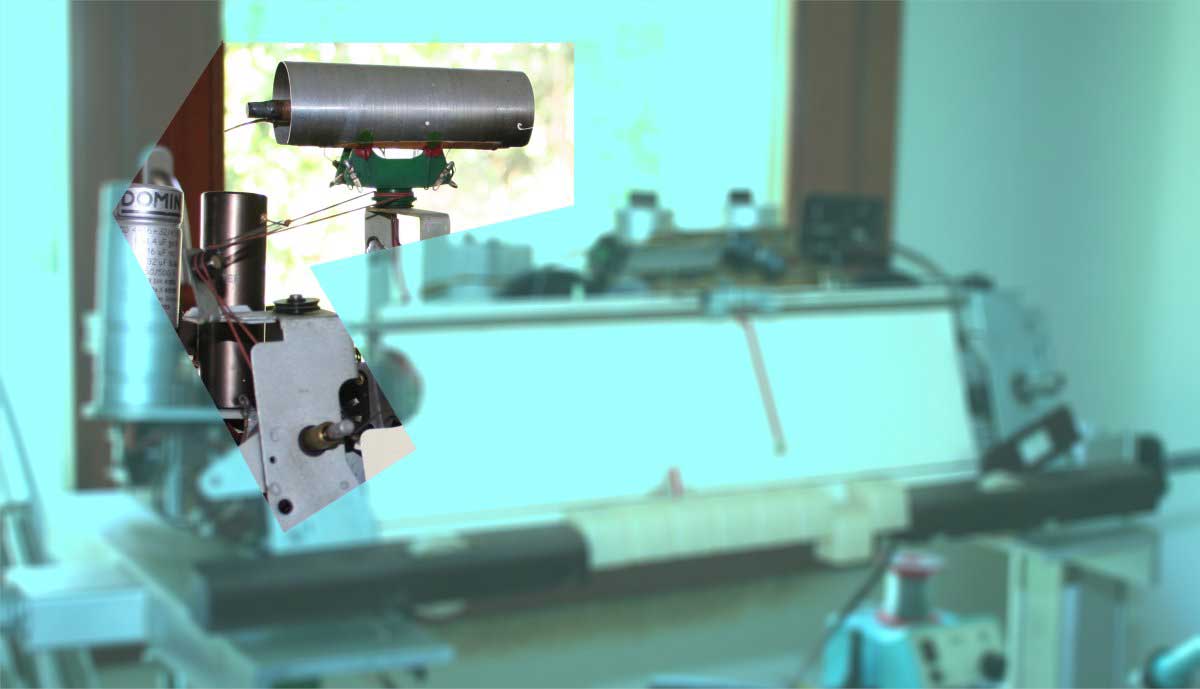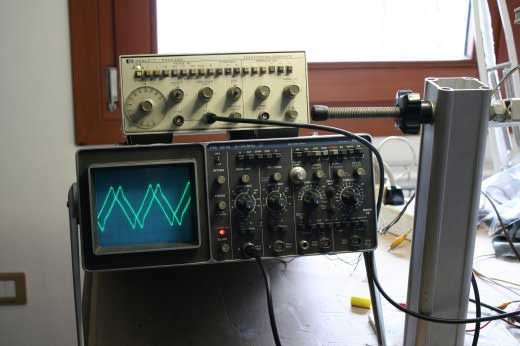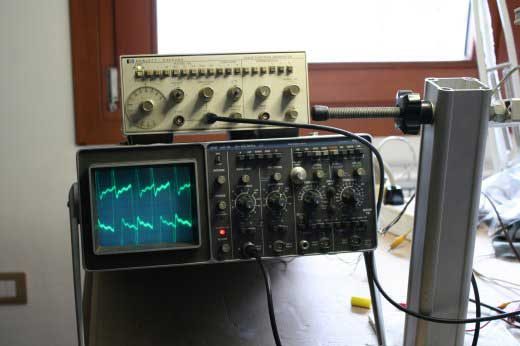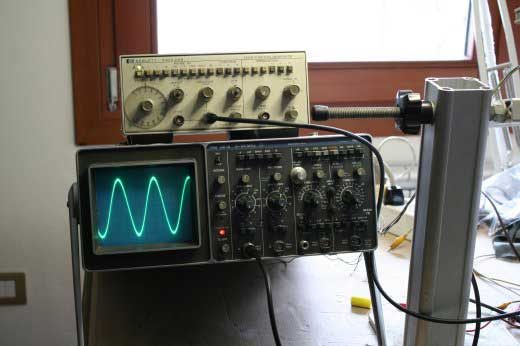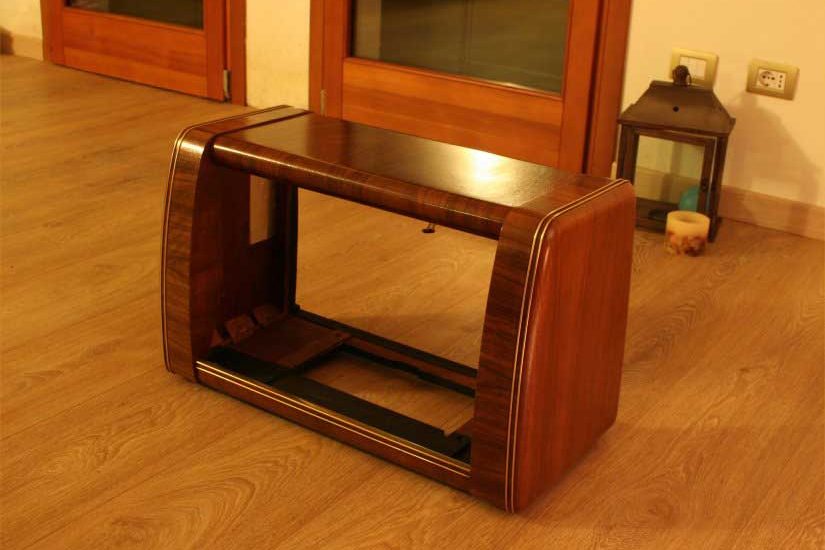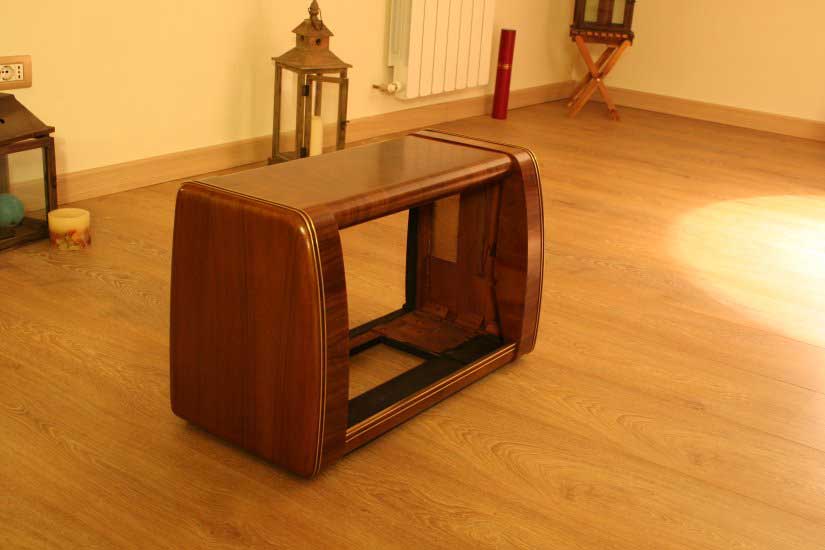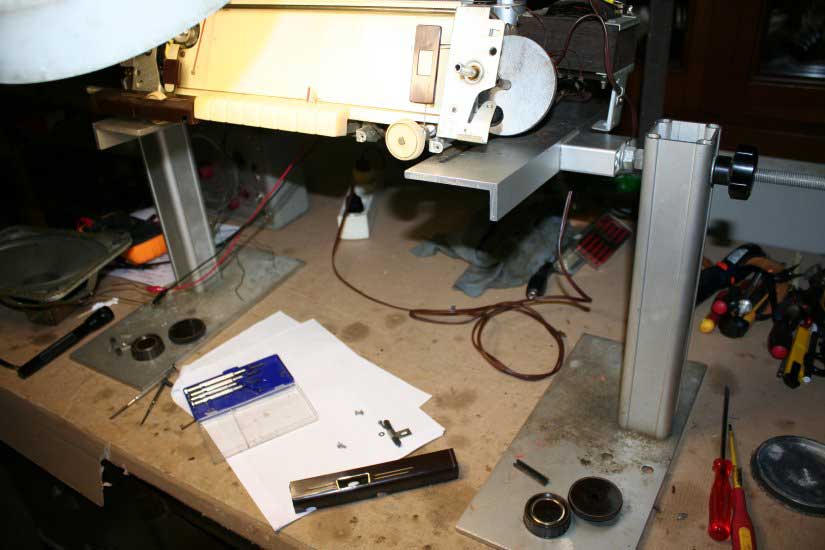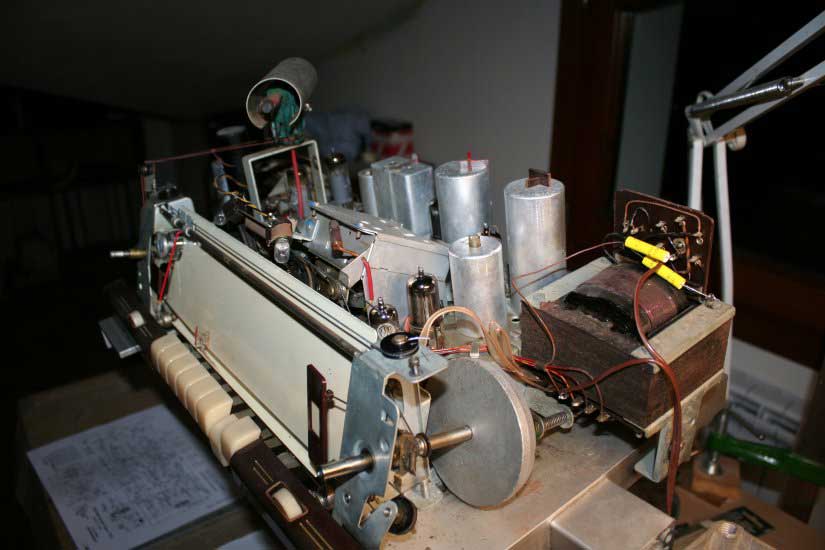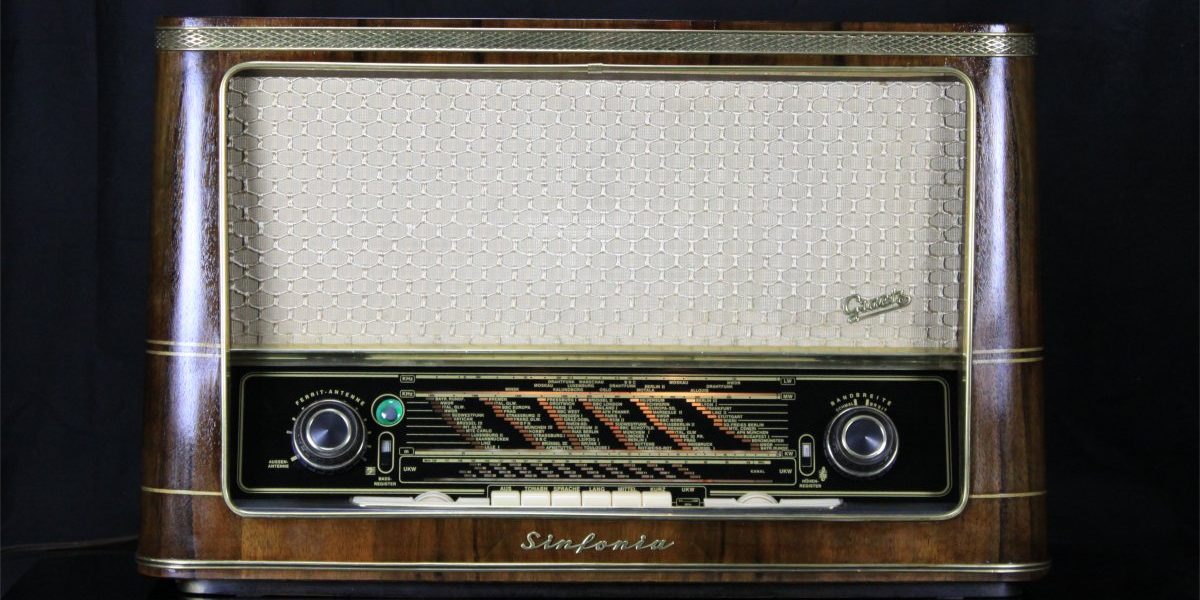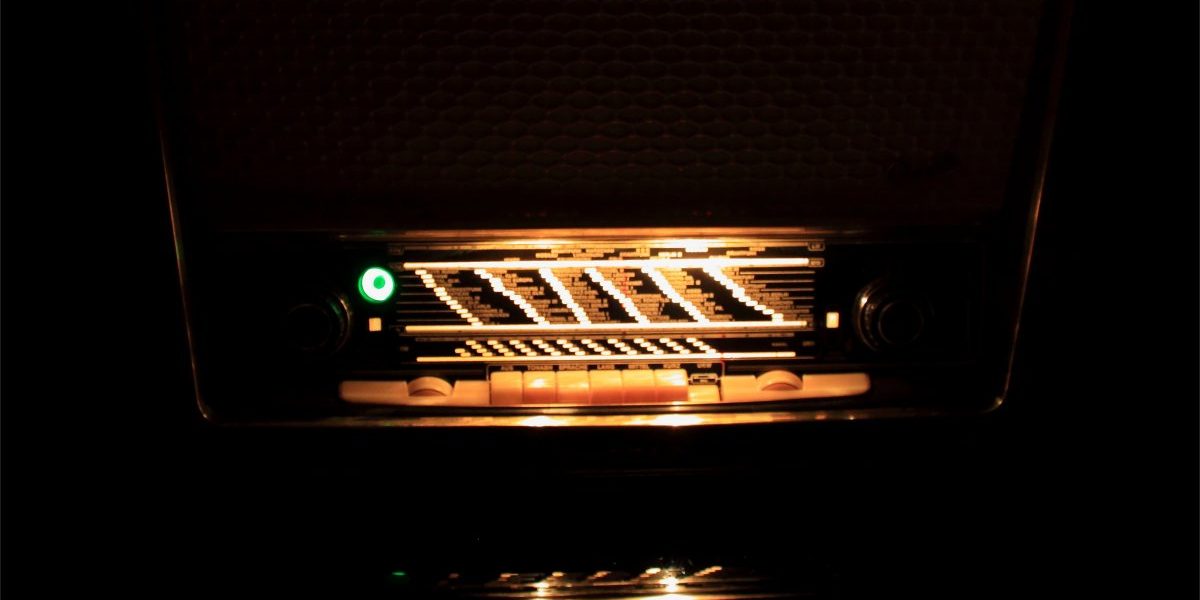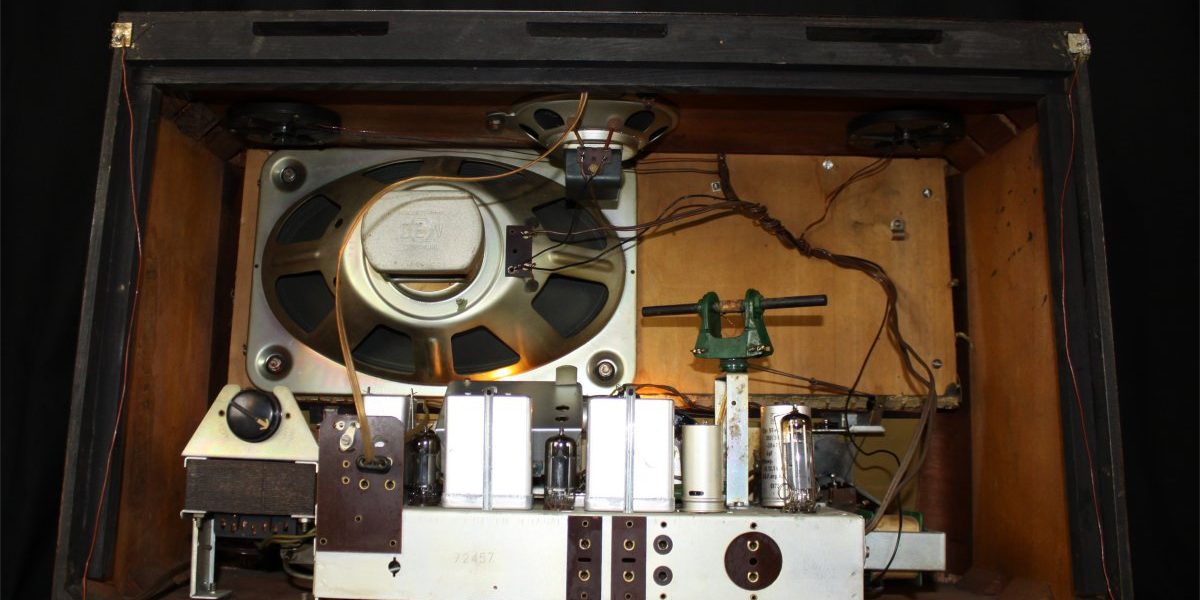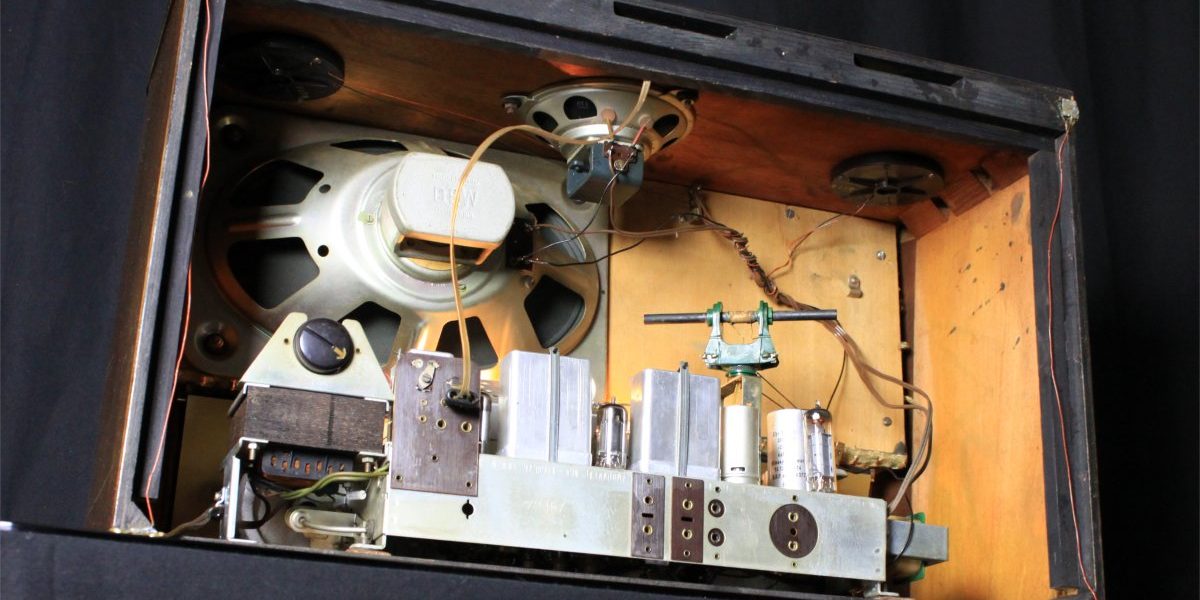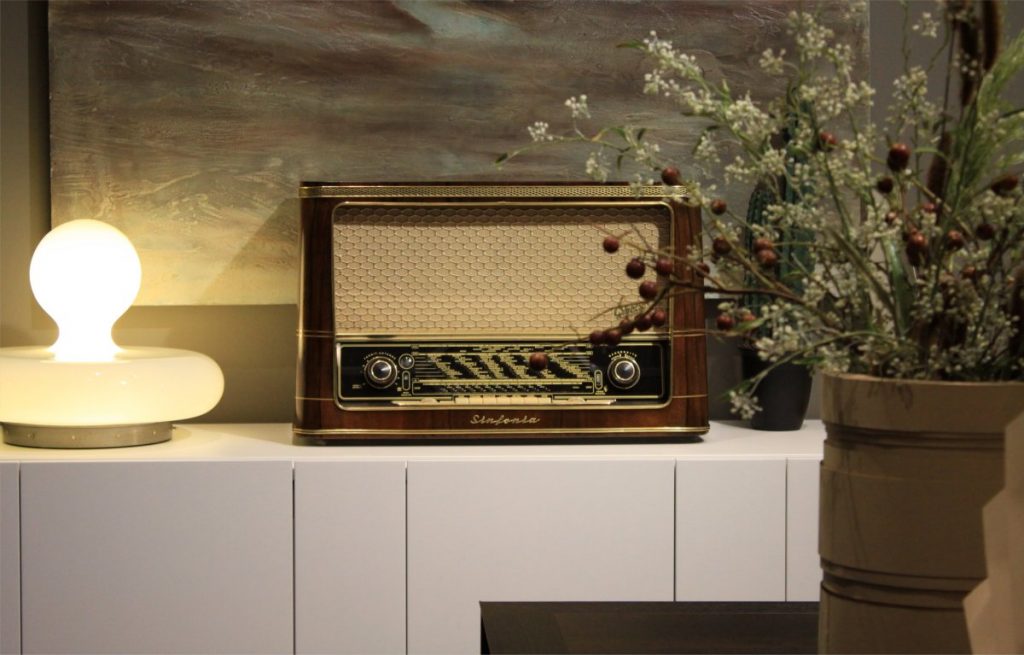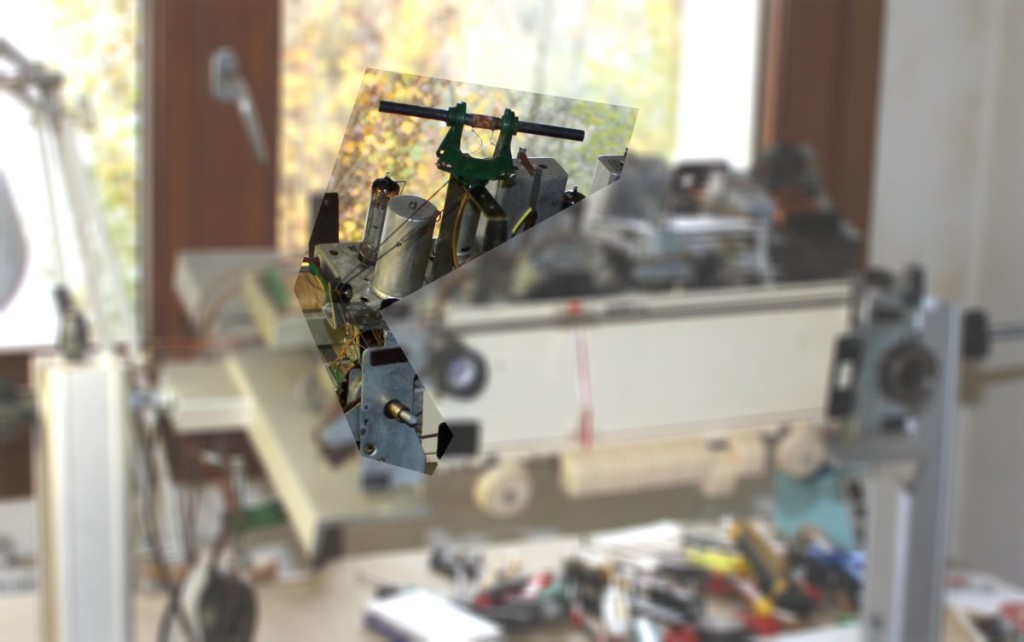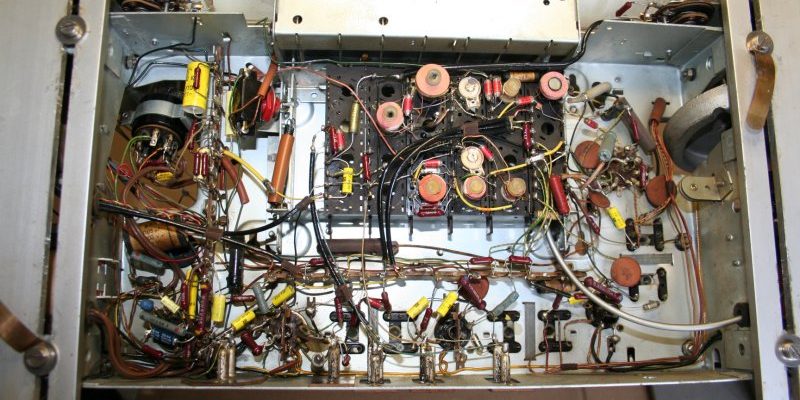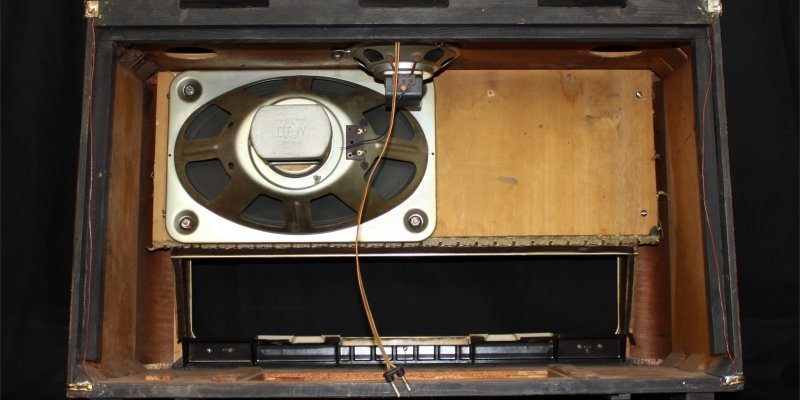 brionvega - en
brionvega - en
Brionvega Totem RR130 – en
- 2nd January 201921st September 2023
- by giovanni
Brionvega Totem RR130
BRIONVEGA RR130 - TOTEM
Brionvega is certainly the Italian brand of electronic equipment that left the deepest mark in the history of world design.
On this page, one of the most beautiful equipment of the Brionvega is presented: the TOTEM RR130.
It was designed by the architect and designer Mario Bellini in 1970.
Eight times Compasso d'Oro, Bellini counts among his most famous creations the Centro Espositivo e Congressuale di Villa Erba (Exhibition and Congress Center of Villa Erba) in Cernobbio, the Tokyo Design Center in Japan, the America Headquarters of Natuzzi in the United States, the National Gallery of Victoria in Melbourne, the Headquarters of the Deutsche Bank in Frankfurt, the Department of Islamic Arts at the Louvre in Paris, the new Convention Center in Milan.
The Brionvega Totem, along with others of Bellini's works, is exhibited at the MOMA in New York. It is visible on this page of the museum.
When closed it looks like a smooth cube of 51 cm per side.
Once opened, the turntable, the console and the two adjustable and removable speakers are found.
The turntable is a beautiful DUAL 1257 with a magnetic cartridge DUAL DN145E. The turntable and the cartridge will be analysed in detail later.
The central body includes a 22W stereo amplifier, an AM/FM tuner and a muzak receiver.
The Totem project follows the famous RR126 Radiofonografo. The two devices share different circuits, but several improvements and updates have been implemented in the Totem.
The acoustic quality is interesting. Leaving the speakers in their rotating supports, the distance between them is sufficient to guarantee a fair stereo separation, even if the best results are surely obtained by extracting the speakers from their supports and placing them at a distance of more than 1,5 meters.
The power is more than enough to fill medium-sized environments.
Rather than the frequency response, which is still quite linear, the most interesting feature is the kind of musicality the device can express. In fact, the sound is warm and mellow, close to the sound of tube amplifiers. This result derives from the type of circuit with a low negative feedback rate and the use of fair components, in complete contrast to the projects of Japanese derivation that were so fashionable in the 1970s.
A musicality with these features, a brilliant design, such a strong personality have determined its remarkable commercial success.
In our restorations we propose a small modification to the loudspeakers by equipping them with a brighter tweeter, which associated with the insertion of a bluetooth 5.1 circuit or of a wi-fi connection allows the listening of liquid music or any web-station of the world with a satisfying level of pleasantness in the listening.
The aesthetic remains absolutely unaltered but the sound changes significantly, becoming considerably more precise and free of disturbances.
Almost all the devices that are sent to us are stained, yellowed and with damaged edges.
For this reason we have equipped ourselves for the total double repainting (white and anthracite) and the screen printing of all the front and back writings.
These incredible restorations are photographically documented at the bottom of the page in the dedicated section.
BRIONVEGA RR130

BLUETOOTH
Bluetooth receiver embed
CONNESSIONE A DISPOSITIVI DIGITALI
Each radio is equipped with a cable for connection to any digital device.
TUBESOUND IMPROVEMENT
- Bluetooth receiver embed - The unit is equipped with a BLUETOOTH receiver powered directly by the receiver power supply. This makes it possible to control the amplifier from any external digital device as an IPAD, a Smartphone, or a sophisticated multimedia station. So you can hear your preferred web station or your lossesless file without cables on the room. Wireless Receiver can be equipped upon requests.
- Multi Platform Connection - A customized adaptation cable to connect any digital device as Iphone, Smartphone, Laptop, CD Player etc. will be provided with this radio. This special cable suits the different impedances between the modern equipment and the receiver. Furthermore the two stereo channels flow into one without increasing the load to the input unit.
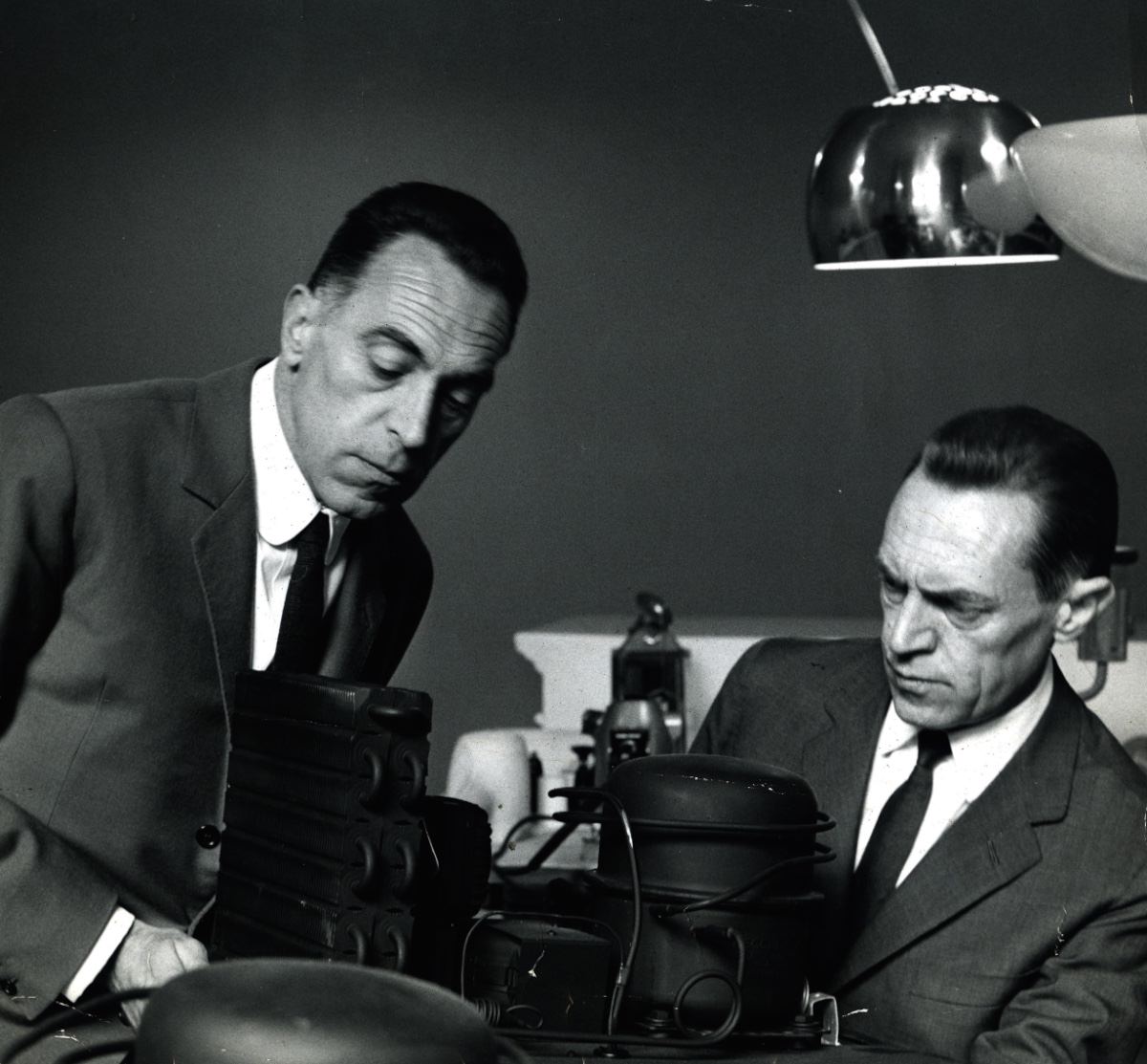

HISTORY
In 1945 in Milan, Giuseppe Brion and the engineer Leone Pajetta founded the B.P.M. (Brion Pajetta Milano), electronic component production company.
At the beginning of the 50s the company specialized in the production of radio devices and becomes the Vega B.P. Radio.
At the beginning of the 60s specialized in the production of Tvs and becomes Radio Vega Television.
In 1963, the company takes the definitive name of Brionvega.
Brionvega since ever had world-known designers and produced objects that are exposed in the most famous international museums.
Among the firsts designers Zanuso and Sapper, 1964, that projected the portable TV Algol 11 (picture on the bottom left) and the radio TS 502, the “cube” (picutre on the bottom right).
In 1965 the Castiglioni brothers (ppicture on the top left) signed then the Stereophonic Radiofonografo RR126.
In 1970 the designer Mario Bellini traces the shape of the stereo system “Totem” (picture on the top right).
In 1992, the company is sold by the Brion family to the Seleco.
In 1997 Seleco goes out of business and Brionvega, controlled, does so.
In 2004 SIM2 Multimedia has acquired the part of the Brionvega company dedicated to the radio production.
In 2010 SIM2 Multimedia acquires also the TV sector of the historical italian brand.
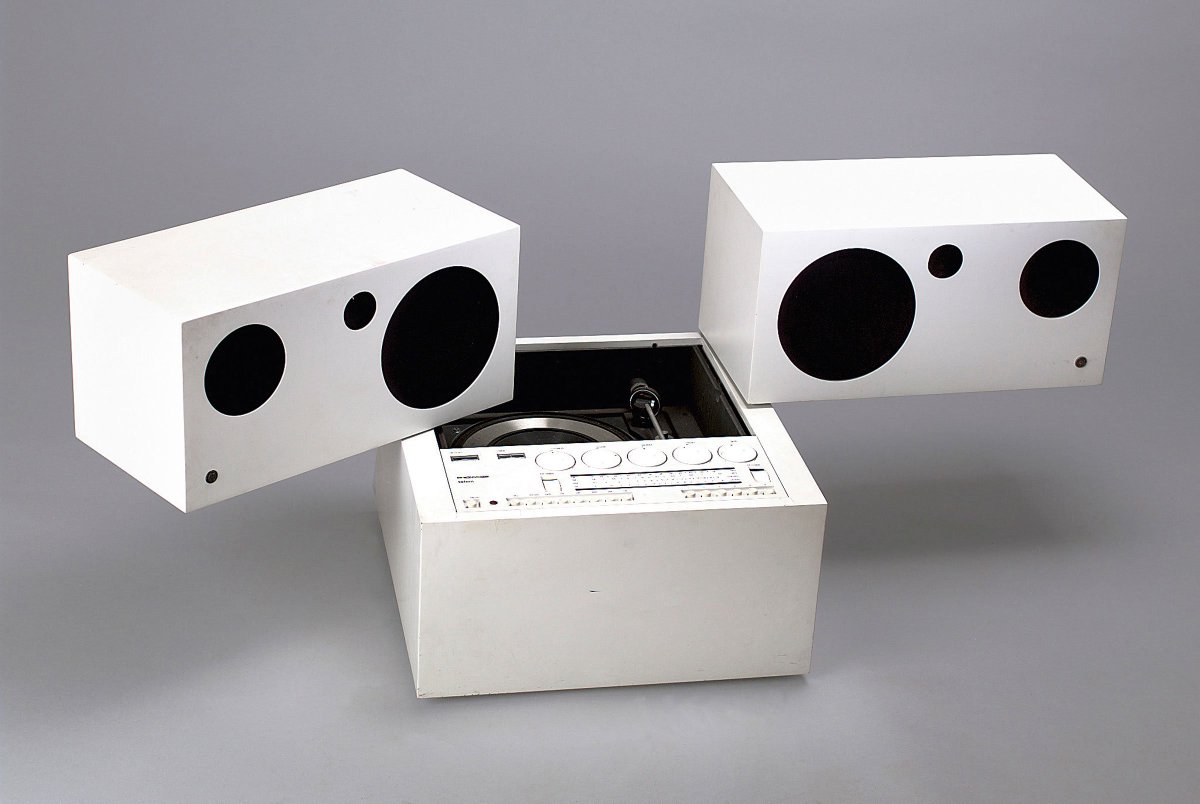

MAIN FEATURES
Year of production: 1970
Wavebands:
Long wave (OL), Medium wave (OM), FM
AC Voltage: 110; 125; 160; 220 Volt
6 loudspeakers
Dimensions (LHD): 510 x 510 x 510 mm / 20.1 x 20.1 x 20.1 inch (closed)
Net weight: 70 lb 8 oz
26 Transistors:
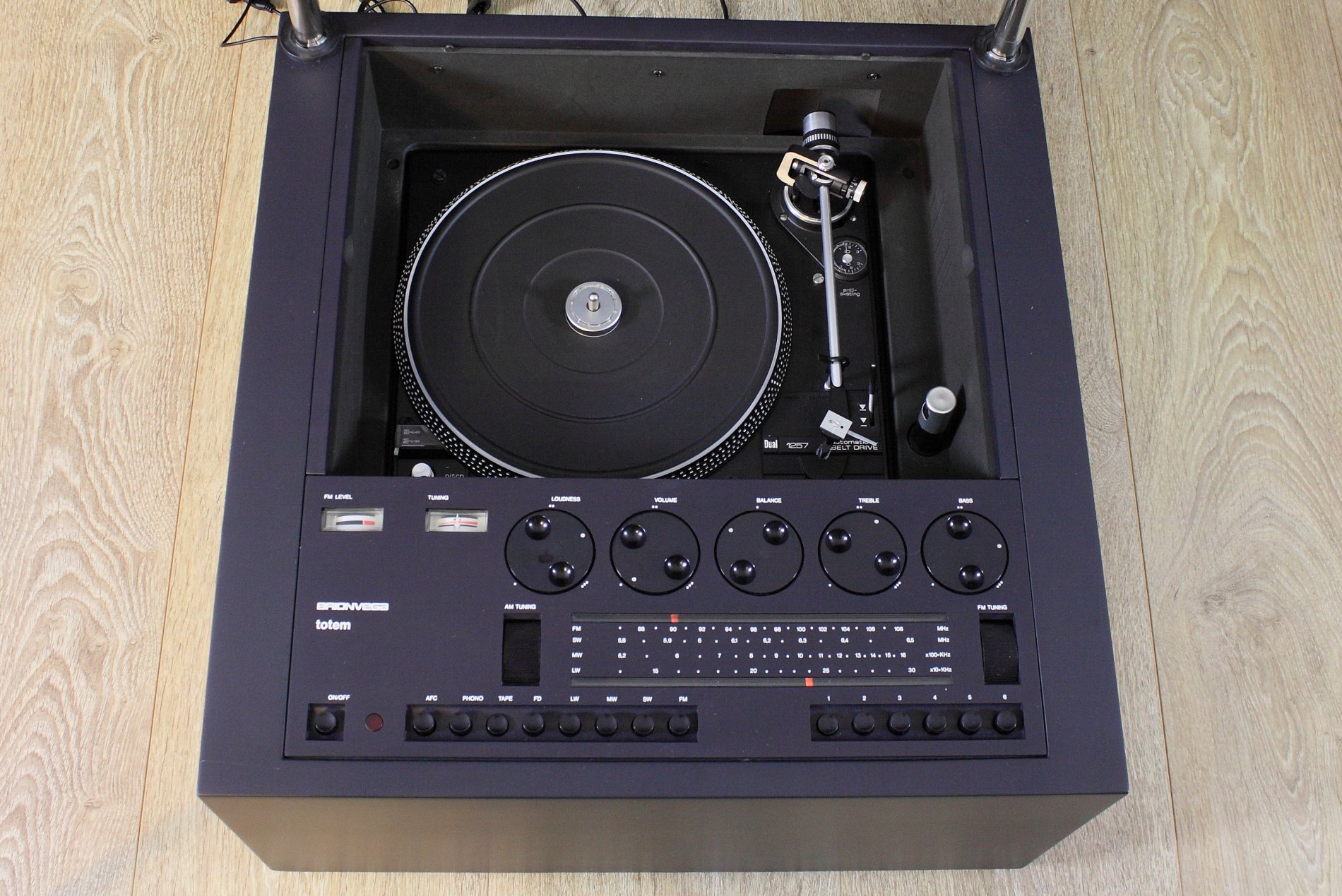
TURNTABLE
The turntable used in the Totem is the DUAL 1257.
This is an excellent semi-automatic equipped with a DUAL 16-pole motor, with belt transmission and a very heavy plate, for an excellent rotation stability; wow and flutter, in fact, remain within a small 0,05%.
The belt transmission and the detachment of all the not necessary mechanisms during operation allow to reach a signal / noise ratio of 68dB.
The 1257 is equipped with stroboscope and fine adjustment of the speed. It is also provided with micrometric adjustment of the bracket weight and separate Antiskating settings for Conical or Elliptical stylus.
The magnetic cartridge is a DUAL DN145E. This is a cartridge with diamond elliptical stylus built by Ortofon.
A frequency response is declared from 10Hz to 28,000Hz with an output level of 4.0mV
The dimensions of the elliptical stylus are 6 x 18 μm.
The manufacturer recommends adjusting the weight to 1,5 gr.
The load resistance is 47 kOhm.


VOLUME CONTROLS
The Totem RR130 is equipped with two separate volume controls.
- The first (LOUDNESS) changes the level by automatically changing the frequency response curve according to a physiological criterion (at low volume the bass and treble are enhanced).
- The second (VOLUME) changes the level, leaving the frequency response curve unchanged.
Both commands increase the overall output level.
Listening to LOW LEVEL: turn the volume knob to maximum and act only on the loudness knob to get the desired level.
Listening to MEDIUM LEVEL: turn the volume knob halfway and turn the loudness knob to get the desired level.
Listening to HIGH LEVEL: act on both the volume and loudness knobs to get the desired level.

CONTROL PANEL
Left from the top we find two instruments:
- the FM signal level
- the centering of the station
Then we find the knobs of LOUNDNESS, LEVEL, BALANCE, TREBLE and BASS.
Below we see the knob of the AM tuning which acts on the indicator of the three scales below SW, MW, LW.
On the right you can still see the FM tuning knob which acts on the scale up indicator, FM.

In the lower row of the panel we find a series of keys that have the following functions:
ON/OFF
AFC - Automatic Frequency Control
PHONO - Turntable
TAPE - Tape Recorder
FD - Muzak
LW - Long Waves
MW - Medium Waves
SW - Shortwave
FM
Finally we find six keys numbered from 1 to 6 with which you can choose the channels of the muzak.
LOUDSPEAKERS
Each speaker is equipped with three cone speakers, a woofer, a midrange and a tweeter.
Curious is the electrical connections between loudspeakers and amplifier. It is obtained simply by inserting the loudspeakers box into the appropriate support tube, equipped with slide contacts.
The woofer and the mid are quite adequate to the characteristics of the amplifier.
The tweeter is a little silky, soft, it lacks a bit in transparency in the higher frequencies.
This feature was totally irrelevant in radio reproduction, while using the Totem for listening to liquid music or other digital sources we prefer to replace the tweeter with a more modern and brilliant one.
Also the reproduction of vinyls benefits considerably from this.
Of course, in our restorations, the modification leaves the external aesthetics completely unchanged.
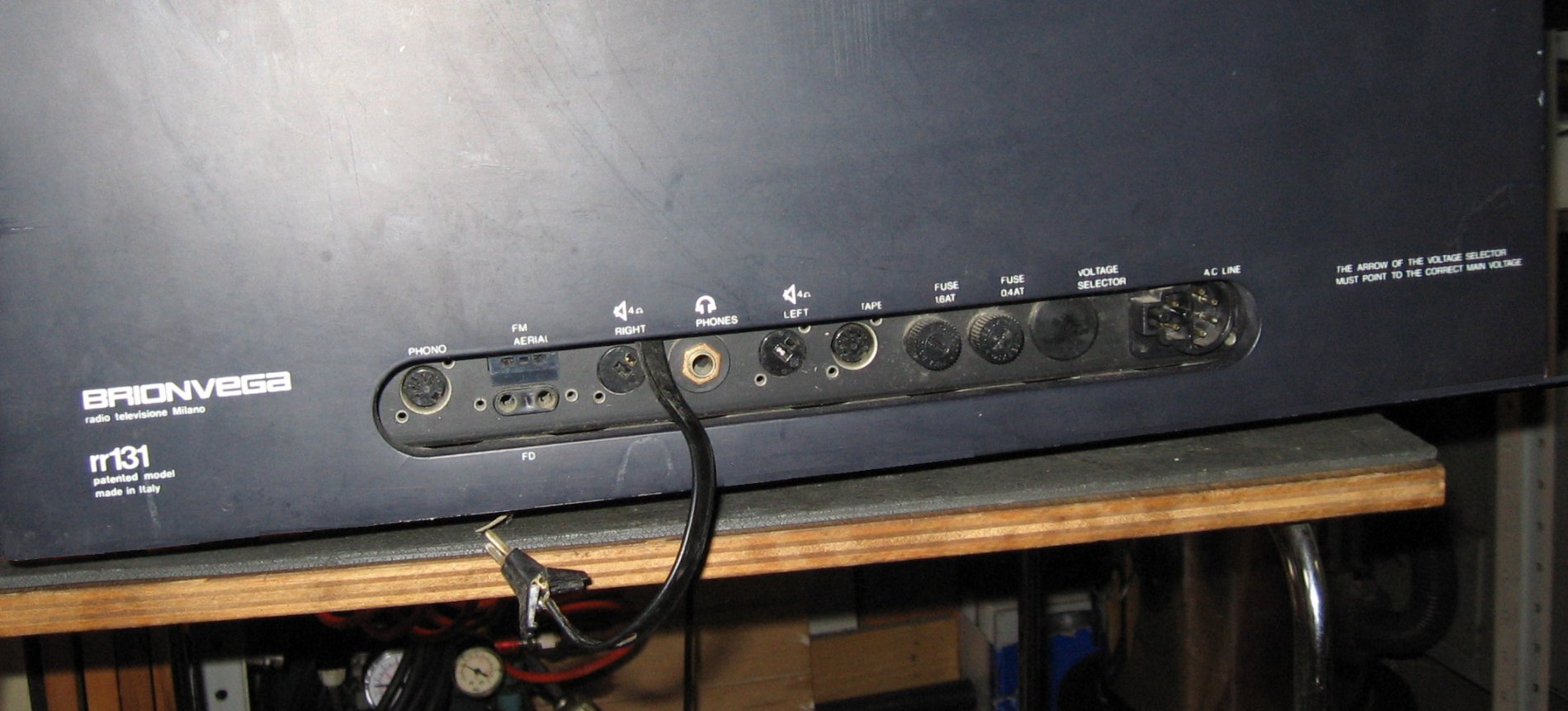
REAR SIDE
Output for external speakers.
Socket for recorder (tonbandgerat).
Turntable input (Tonabnehmer)
AM and FM aerial inputs and ground socket.
Power fuse and loudspeakers fuse.
ELECTRONIC AND CABINET RESTORE
THE USUAL AMAZING LAST IMAGE

